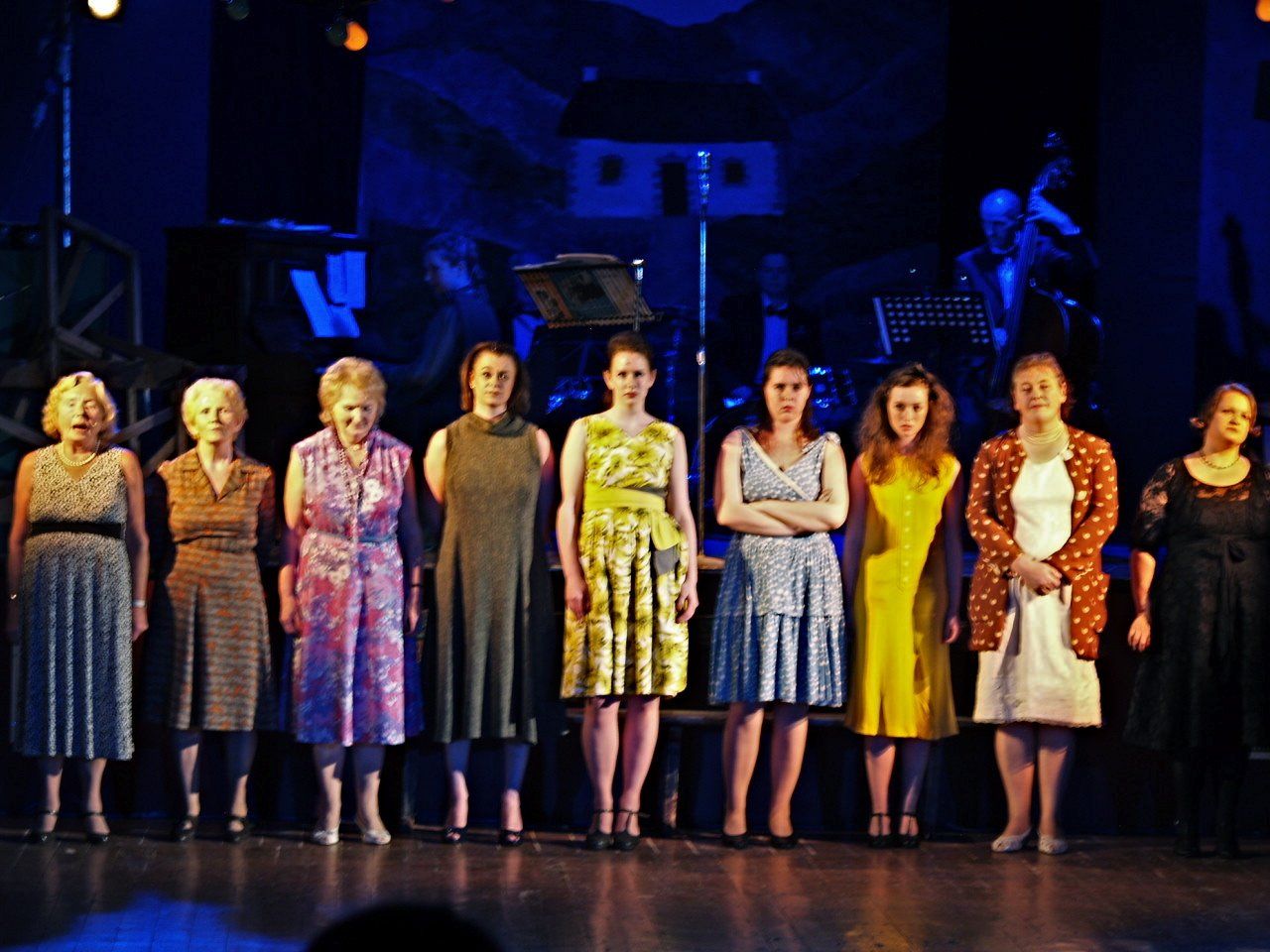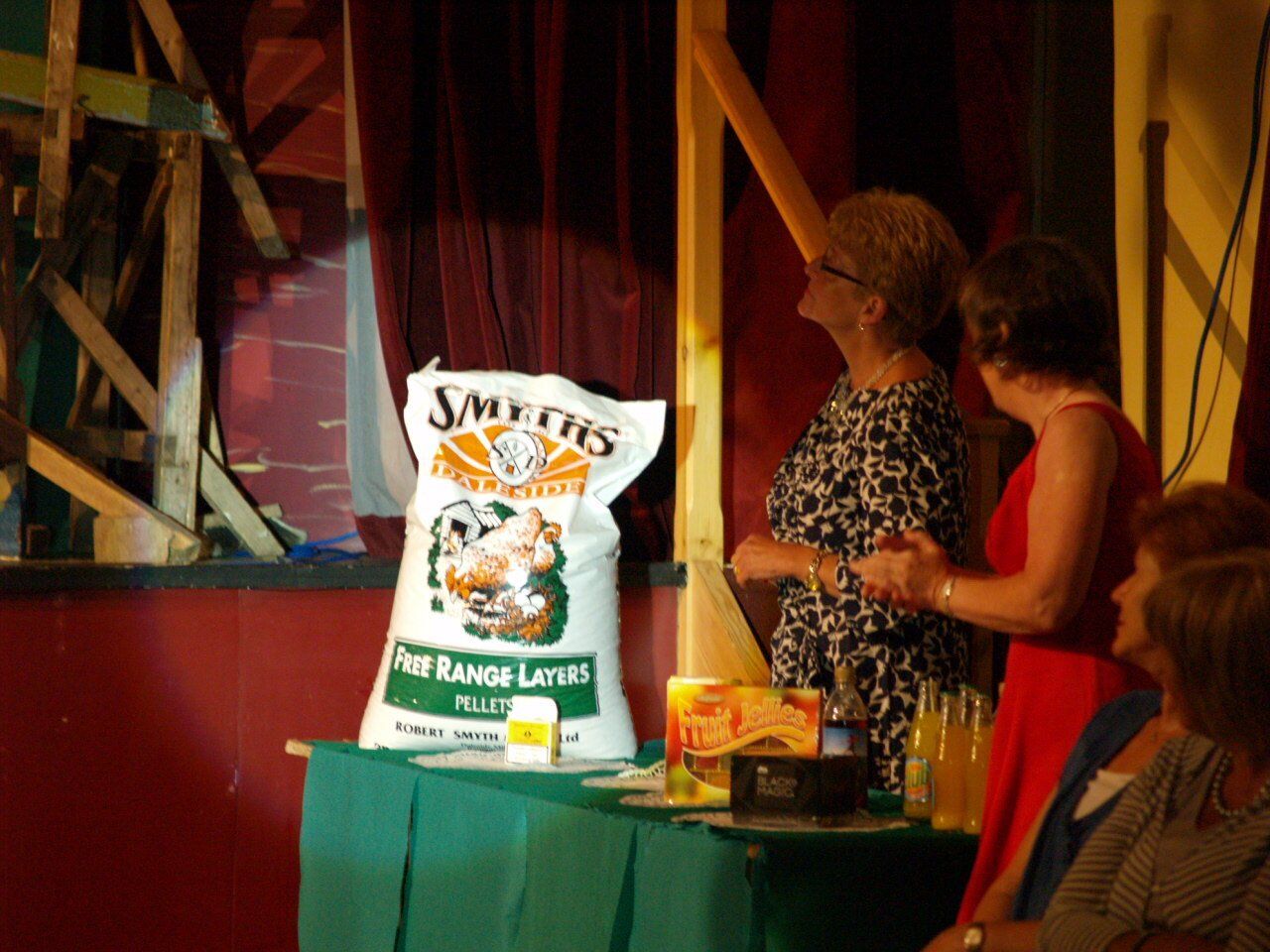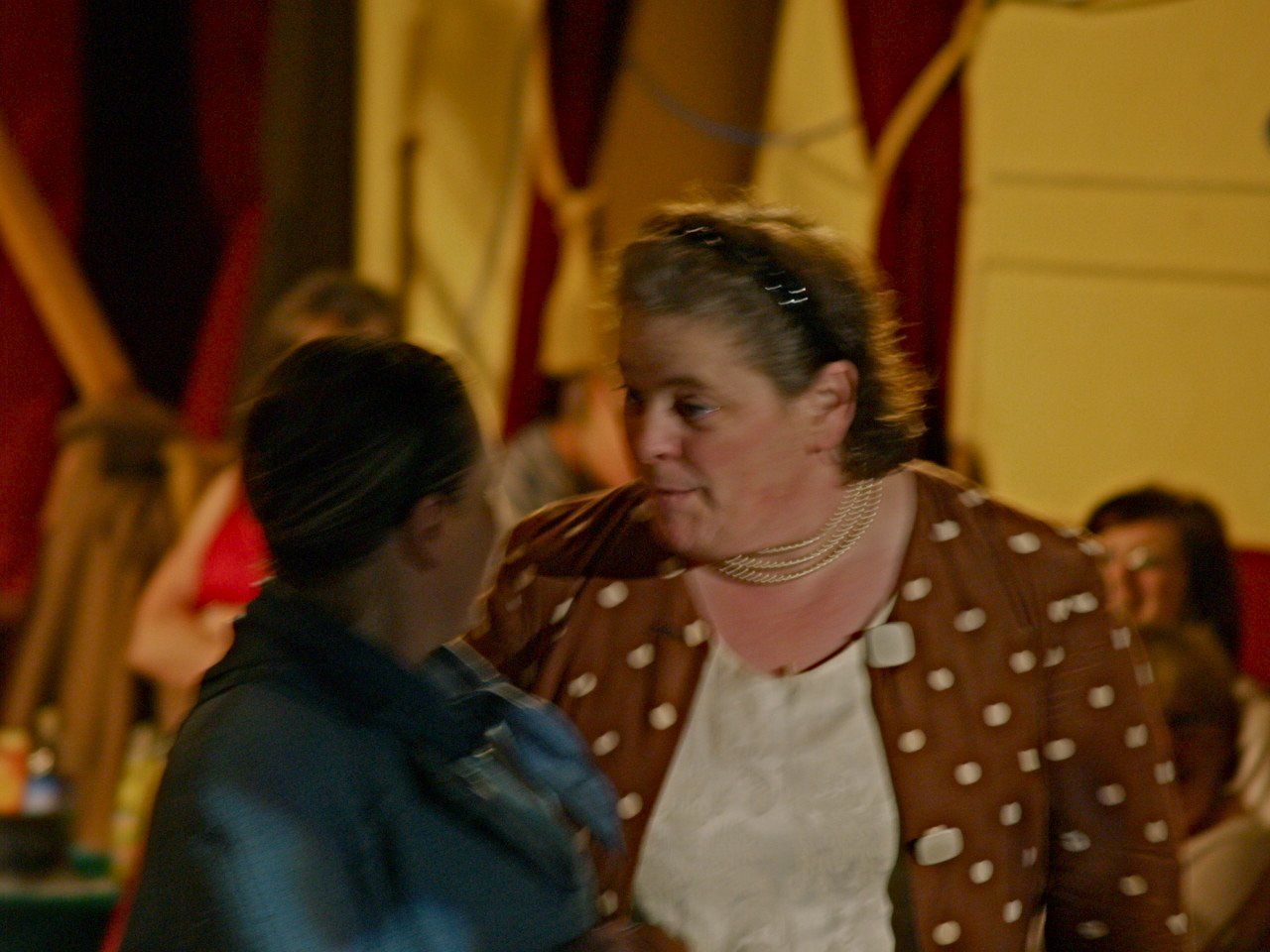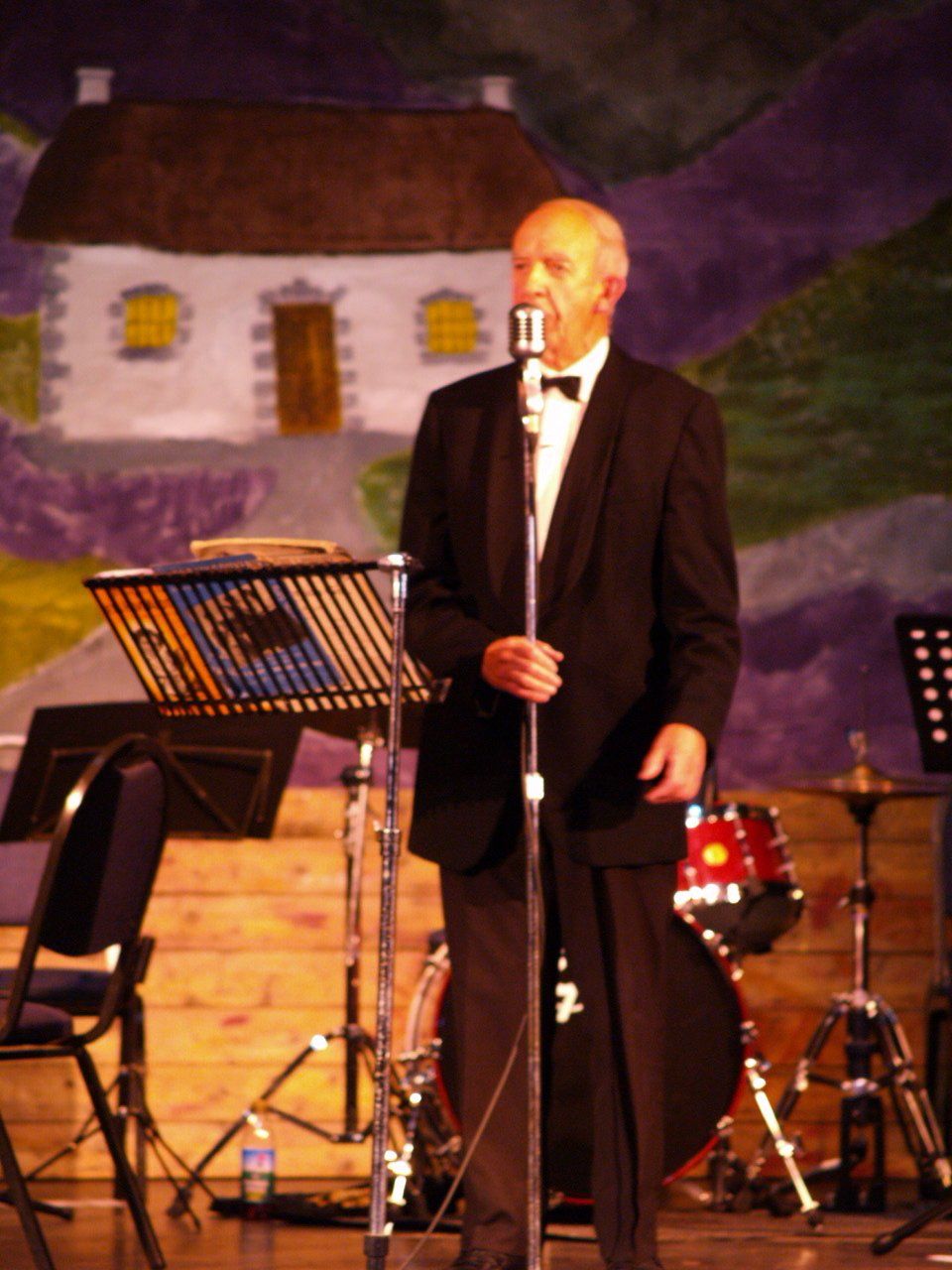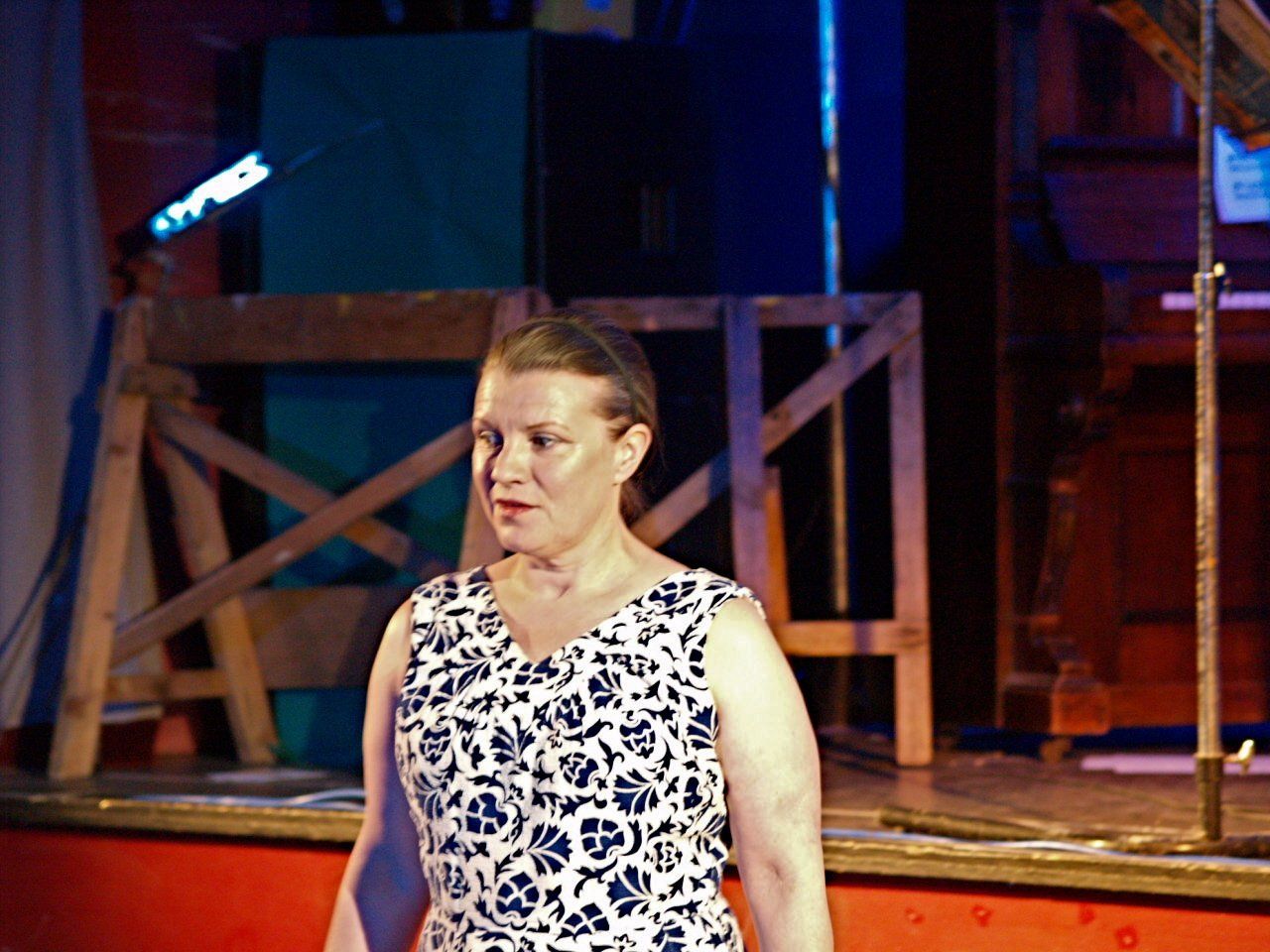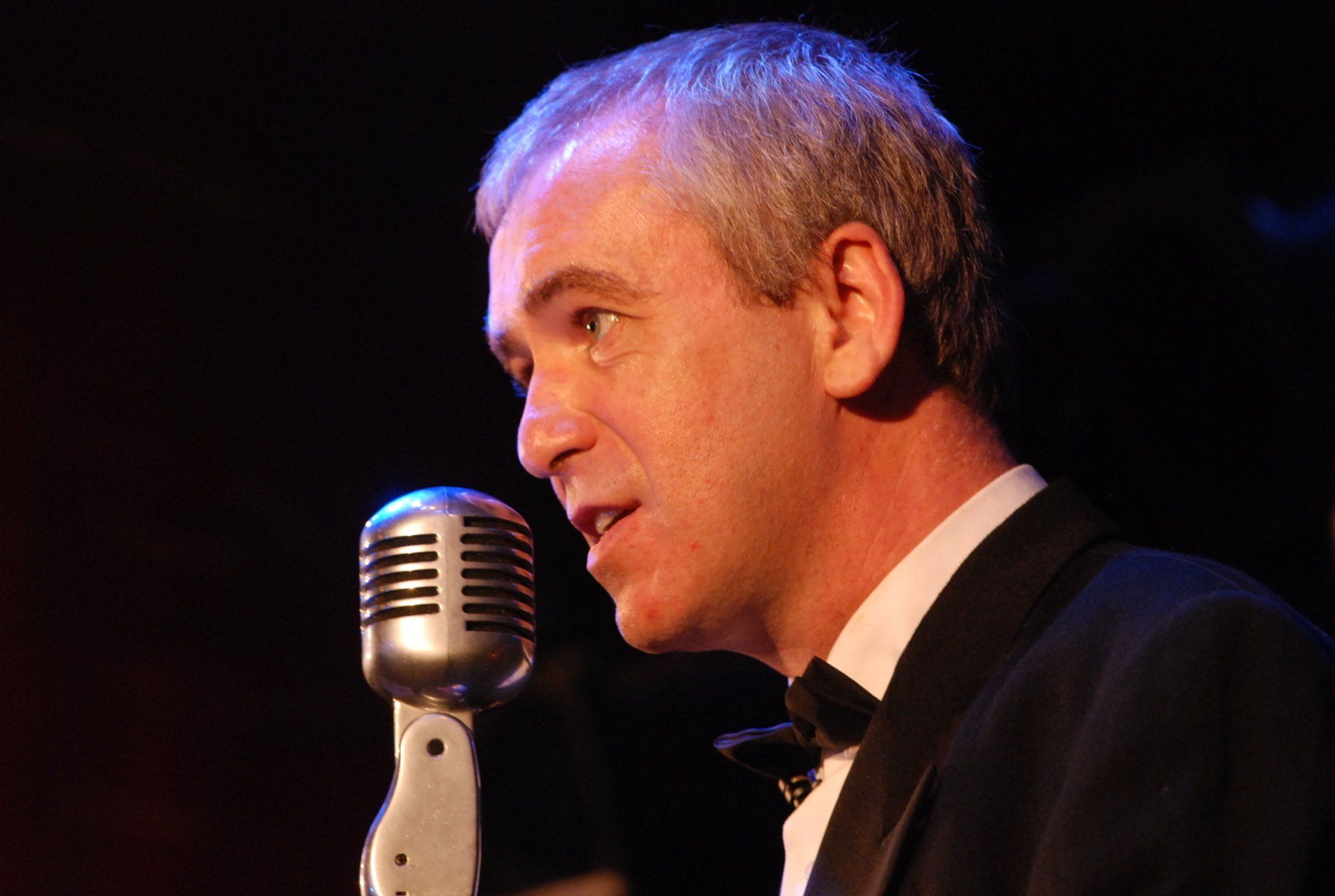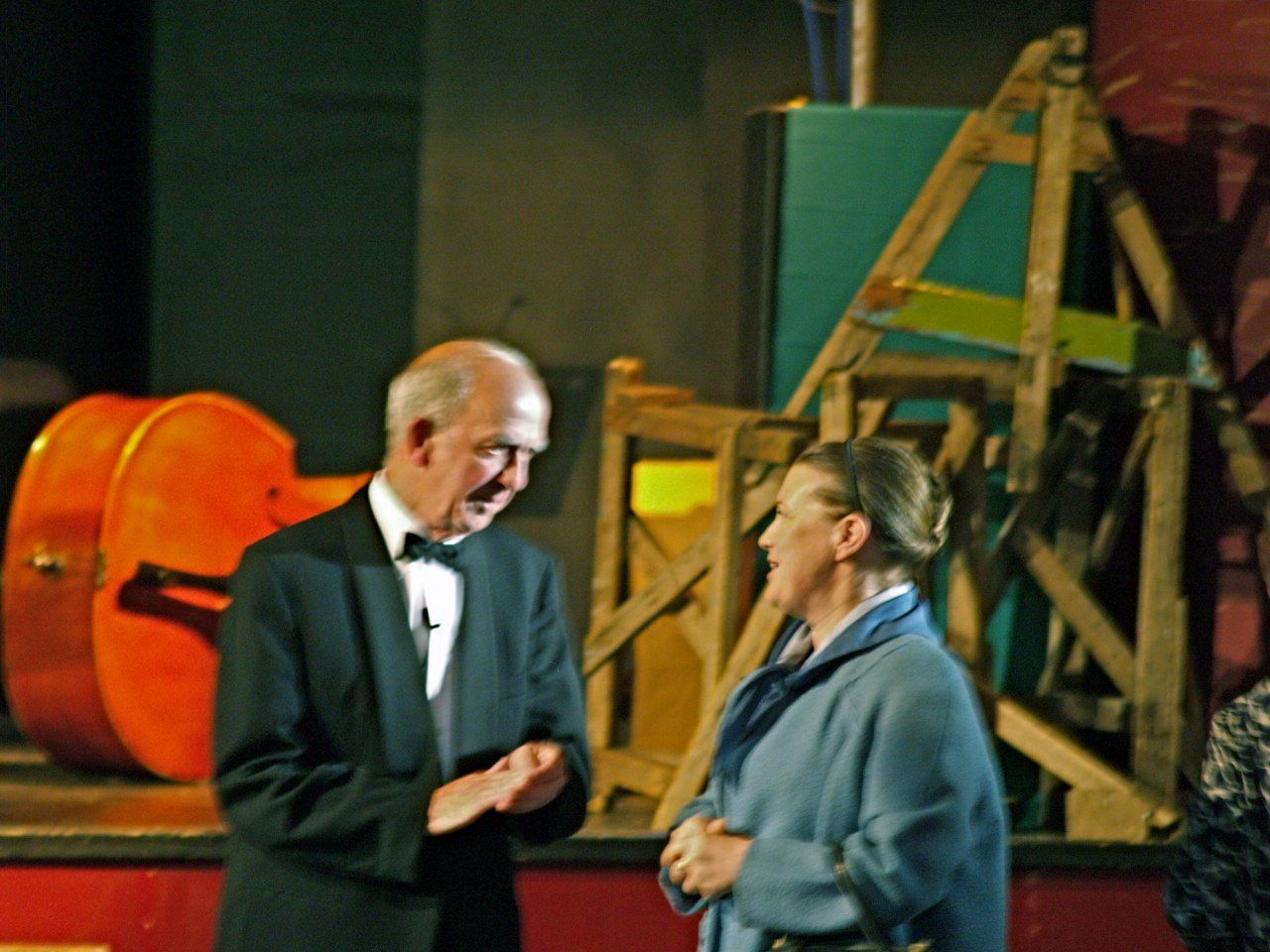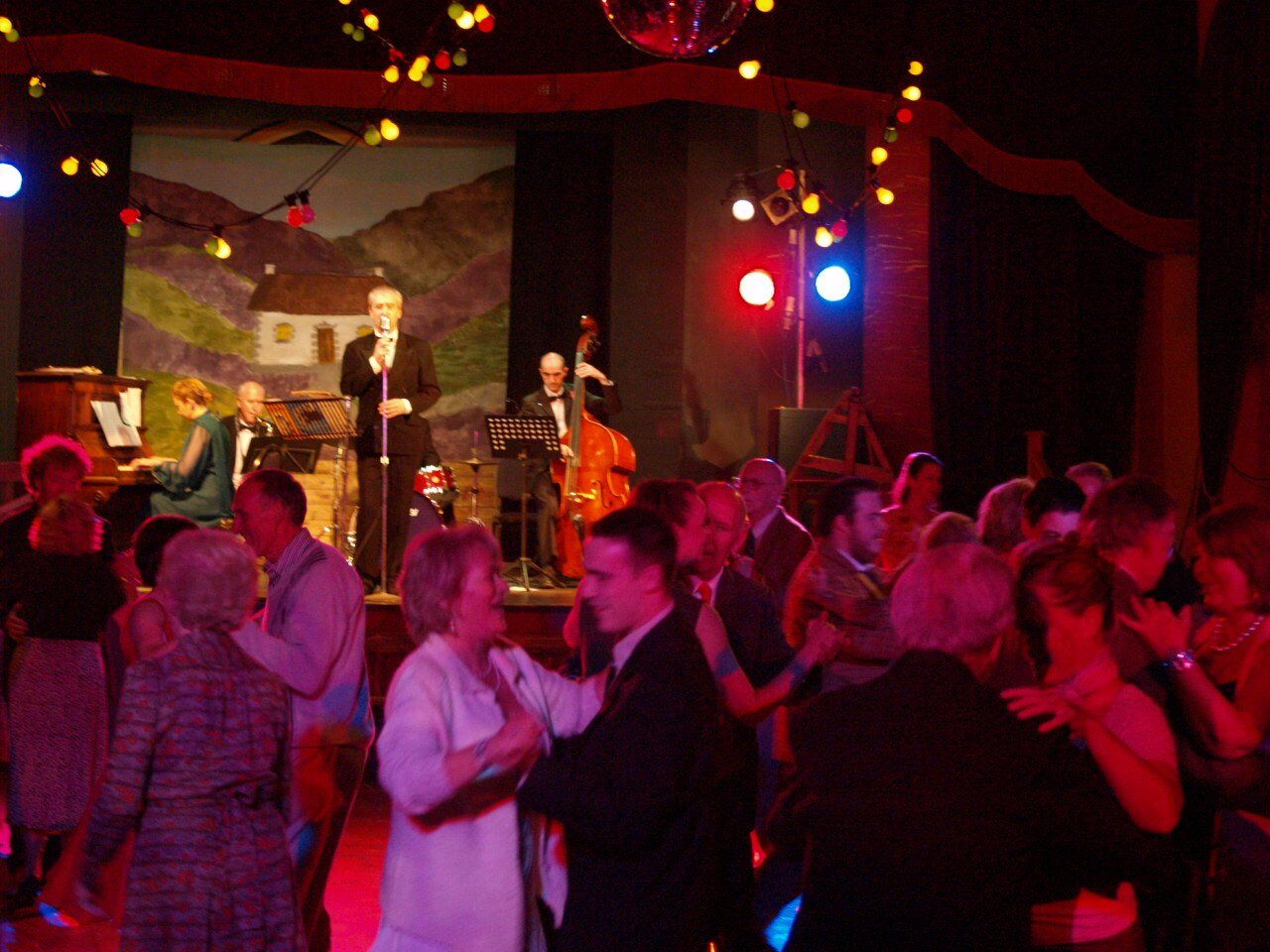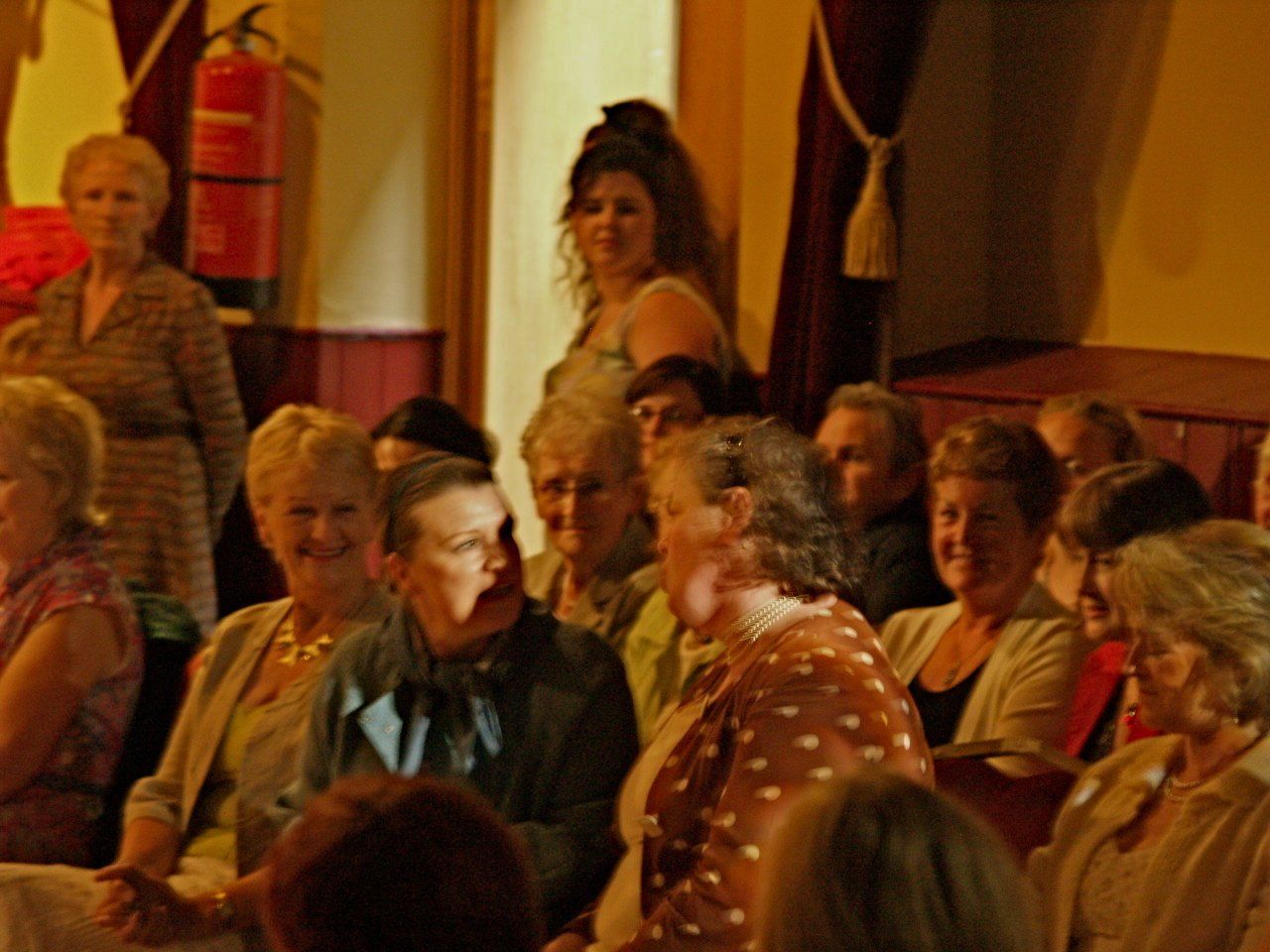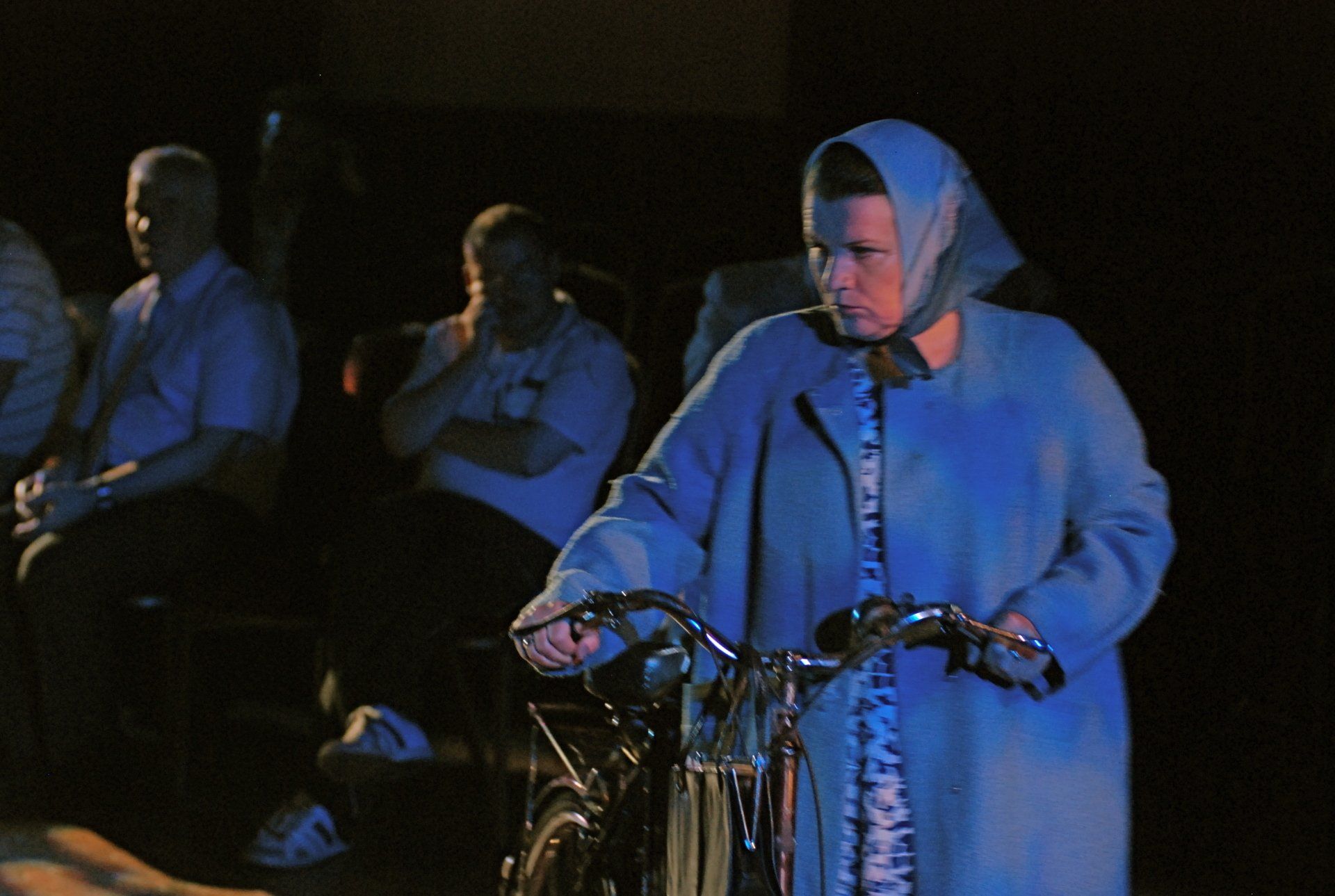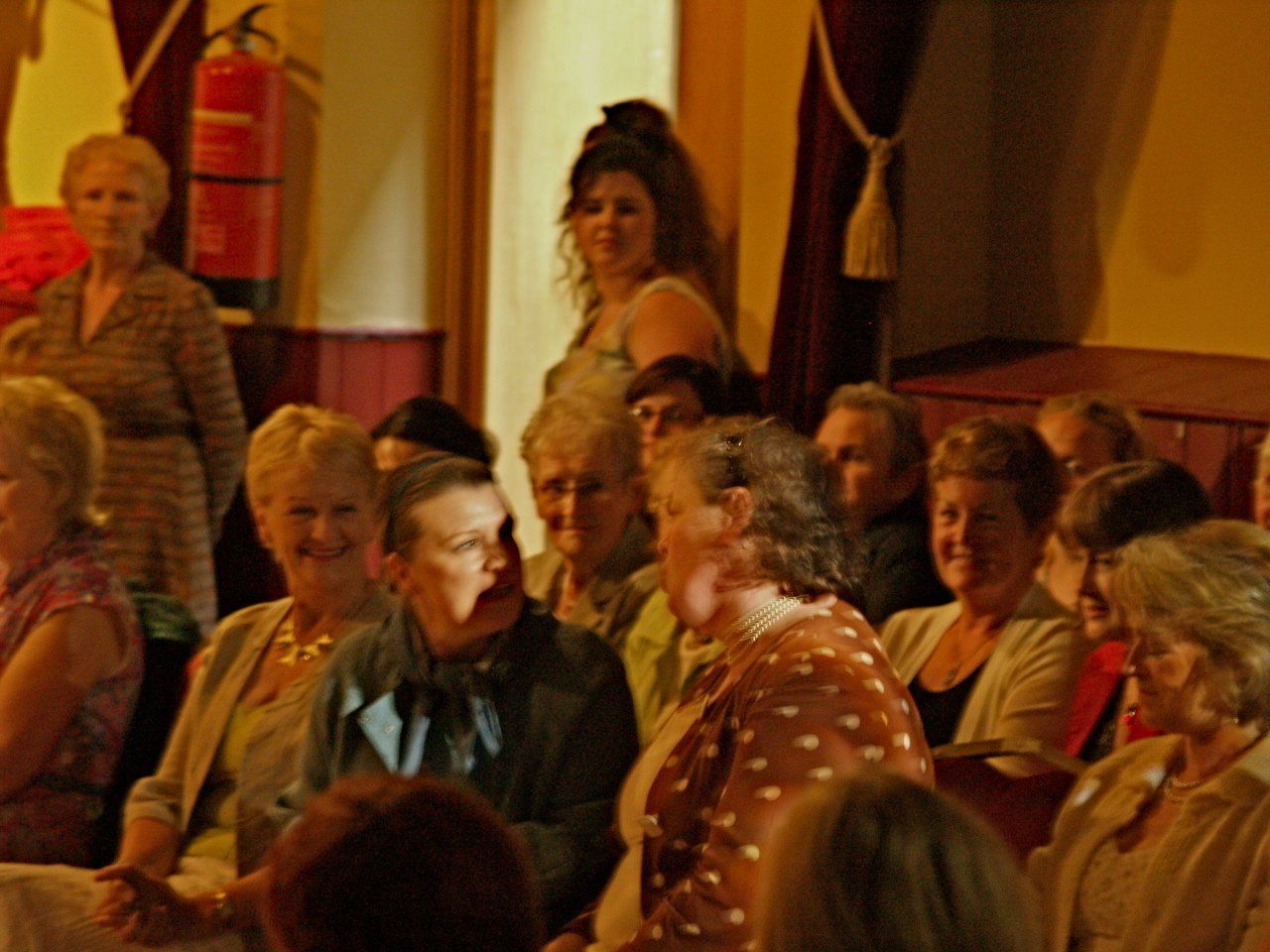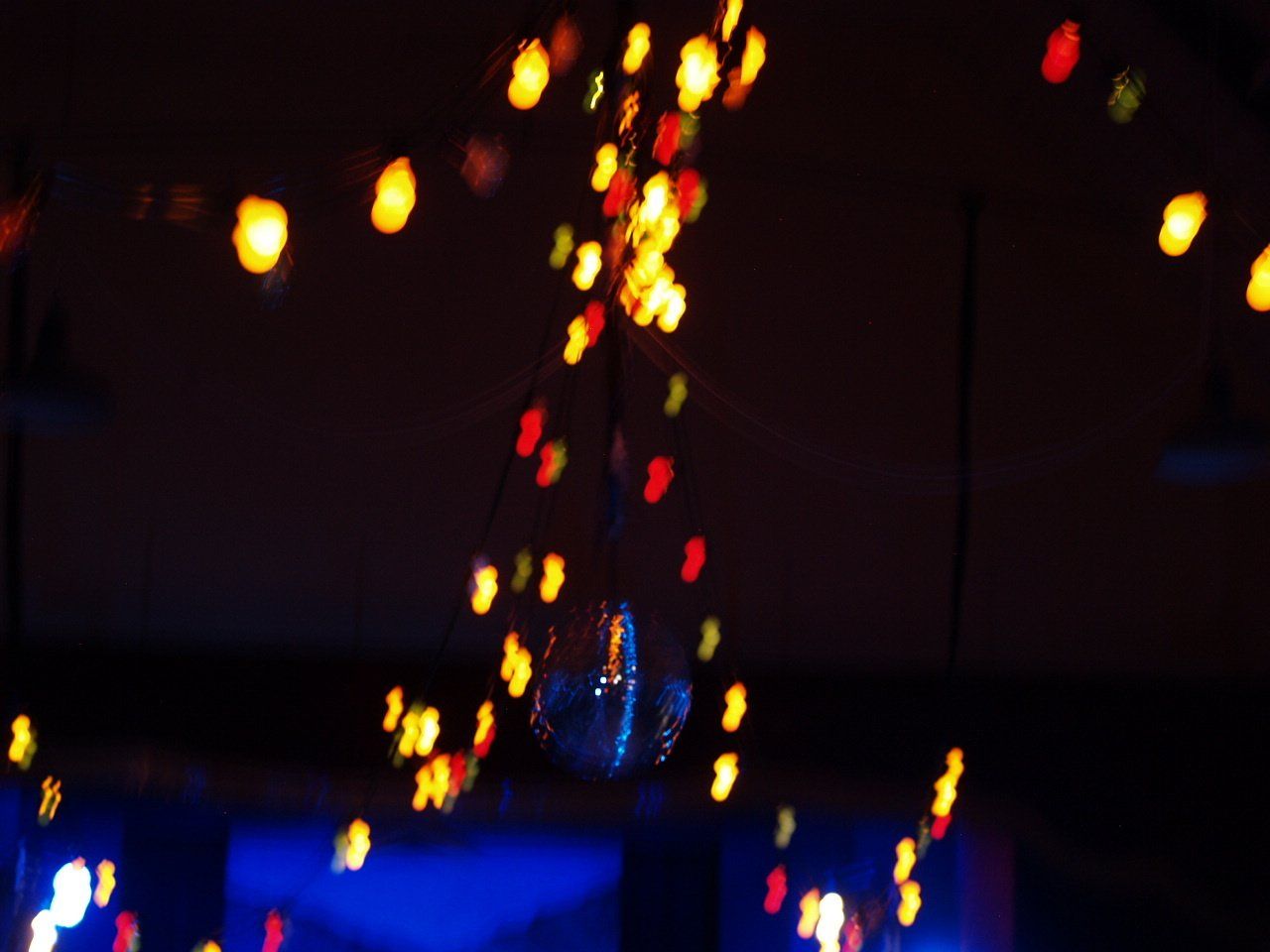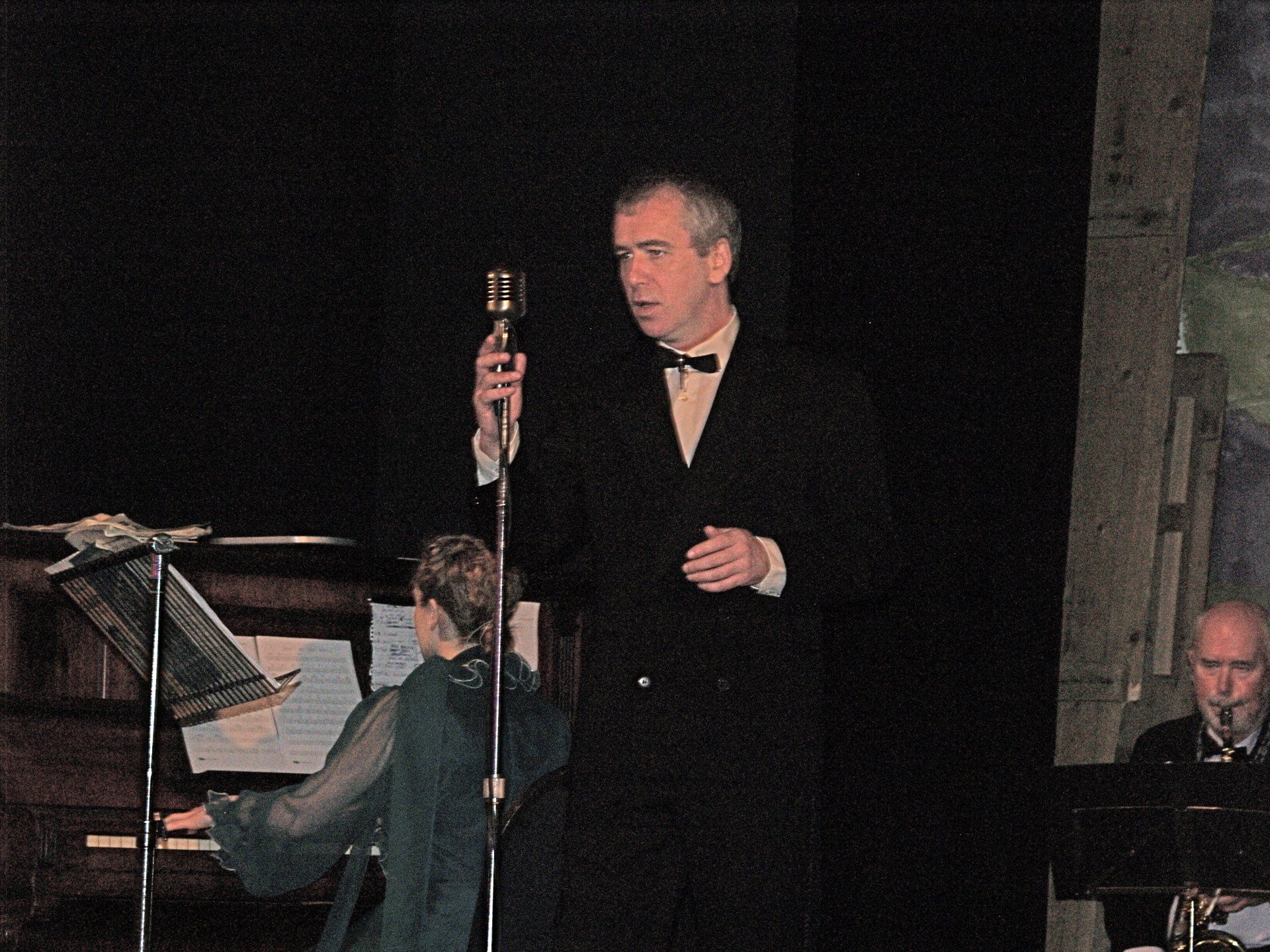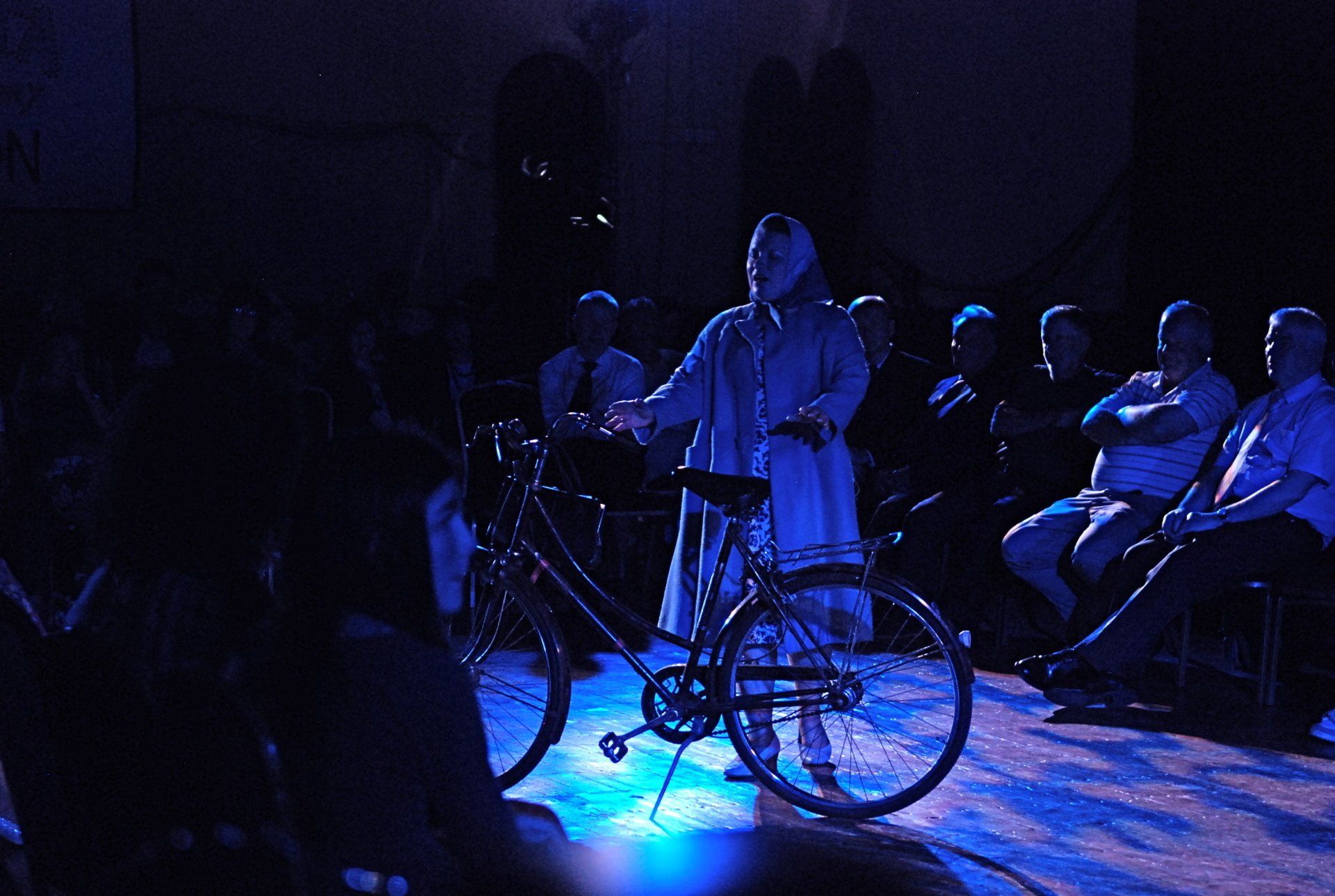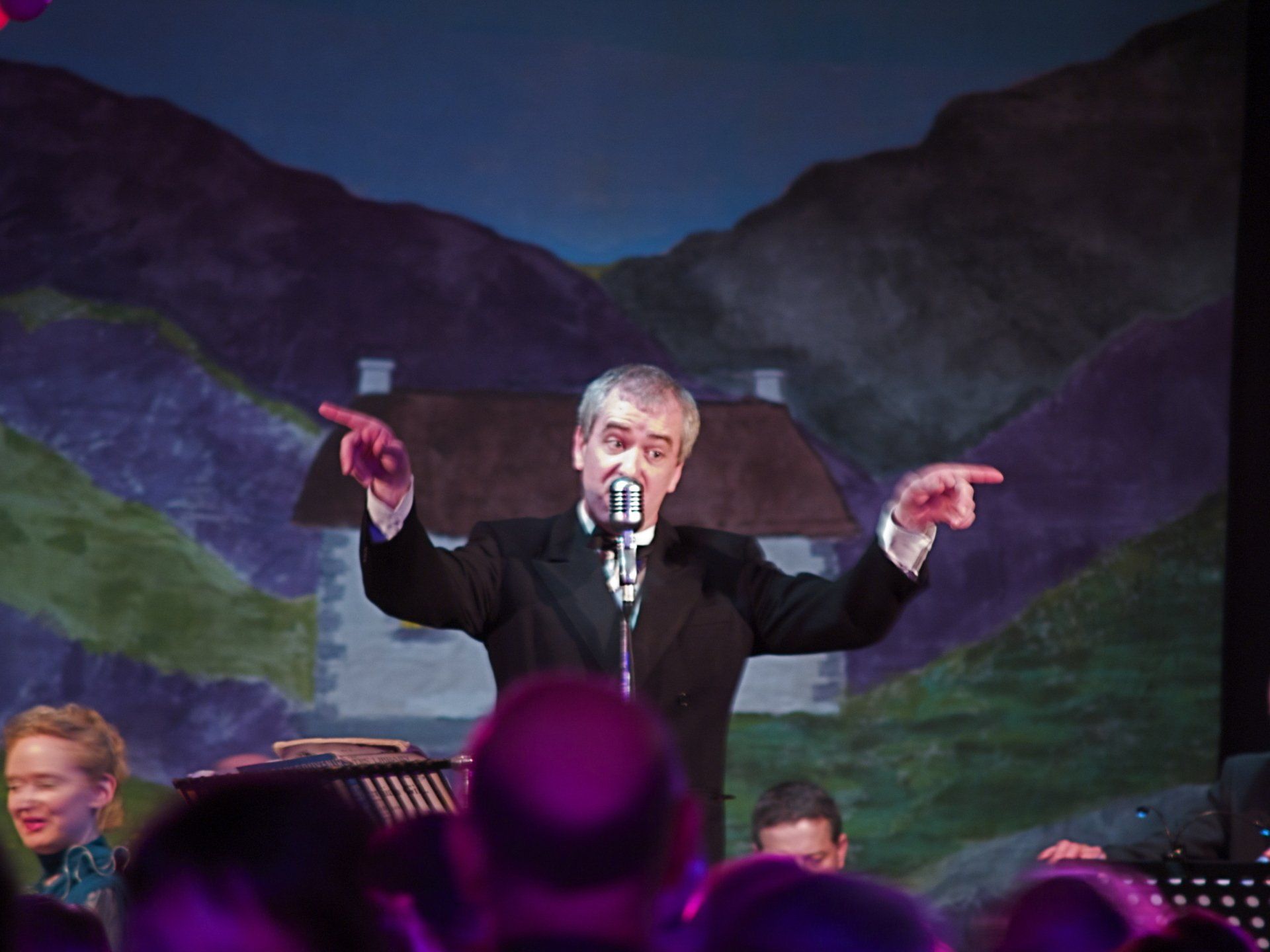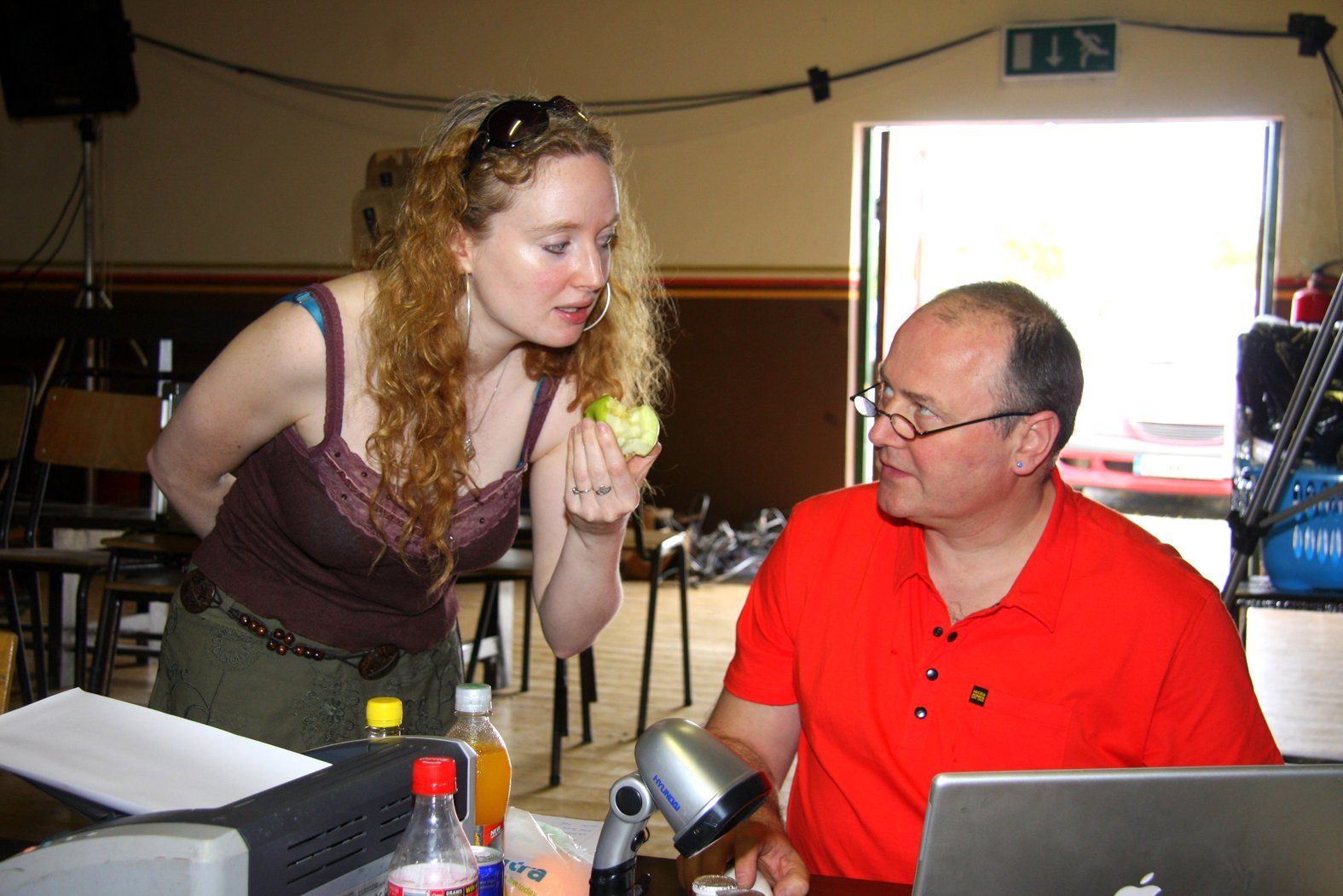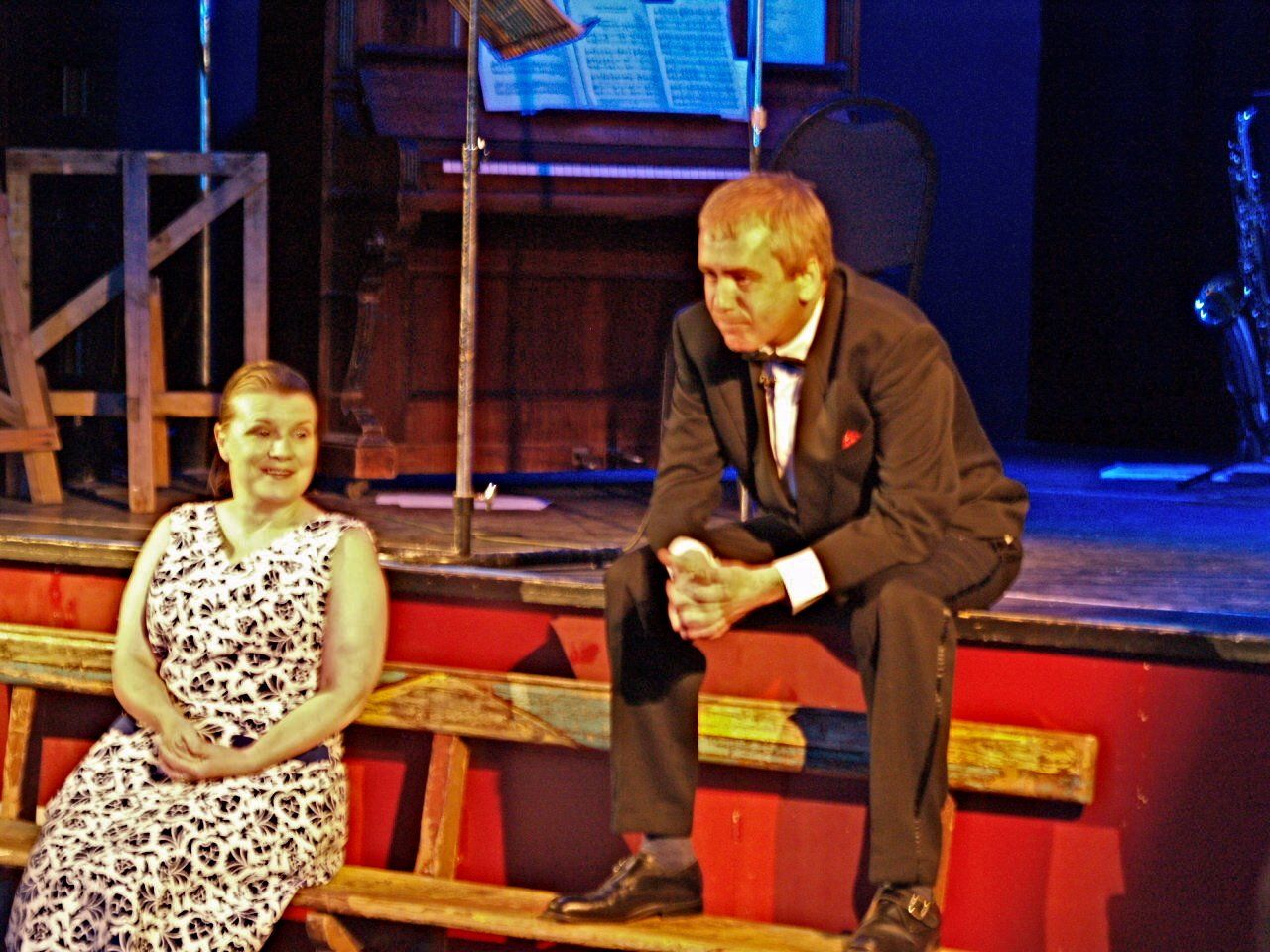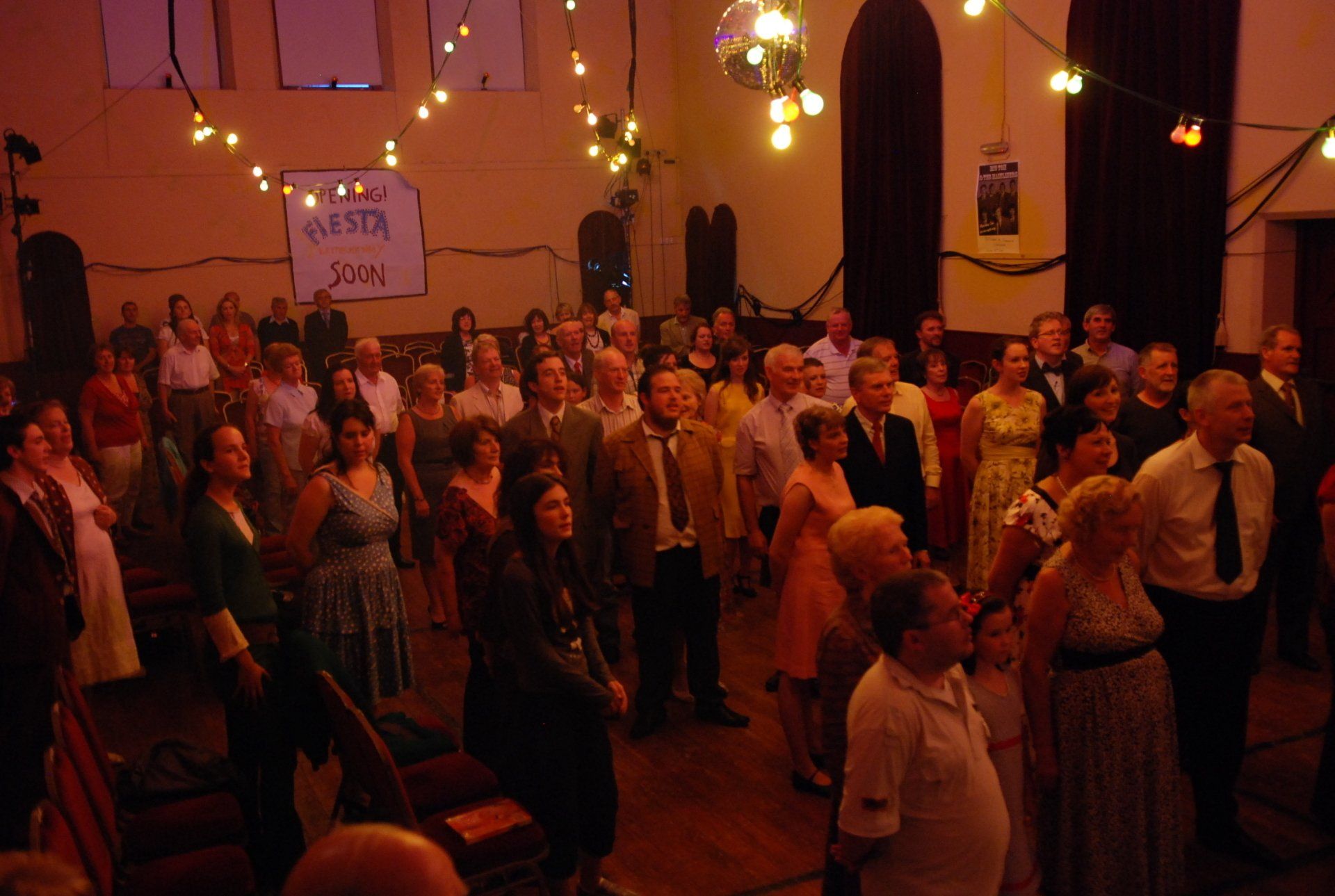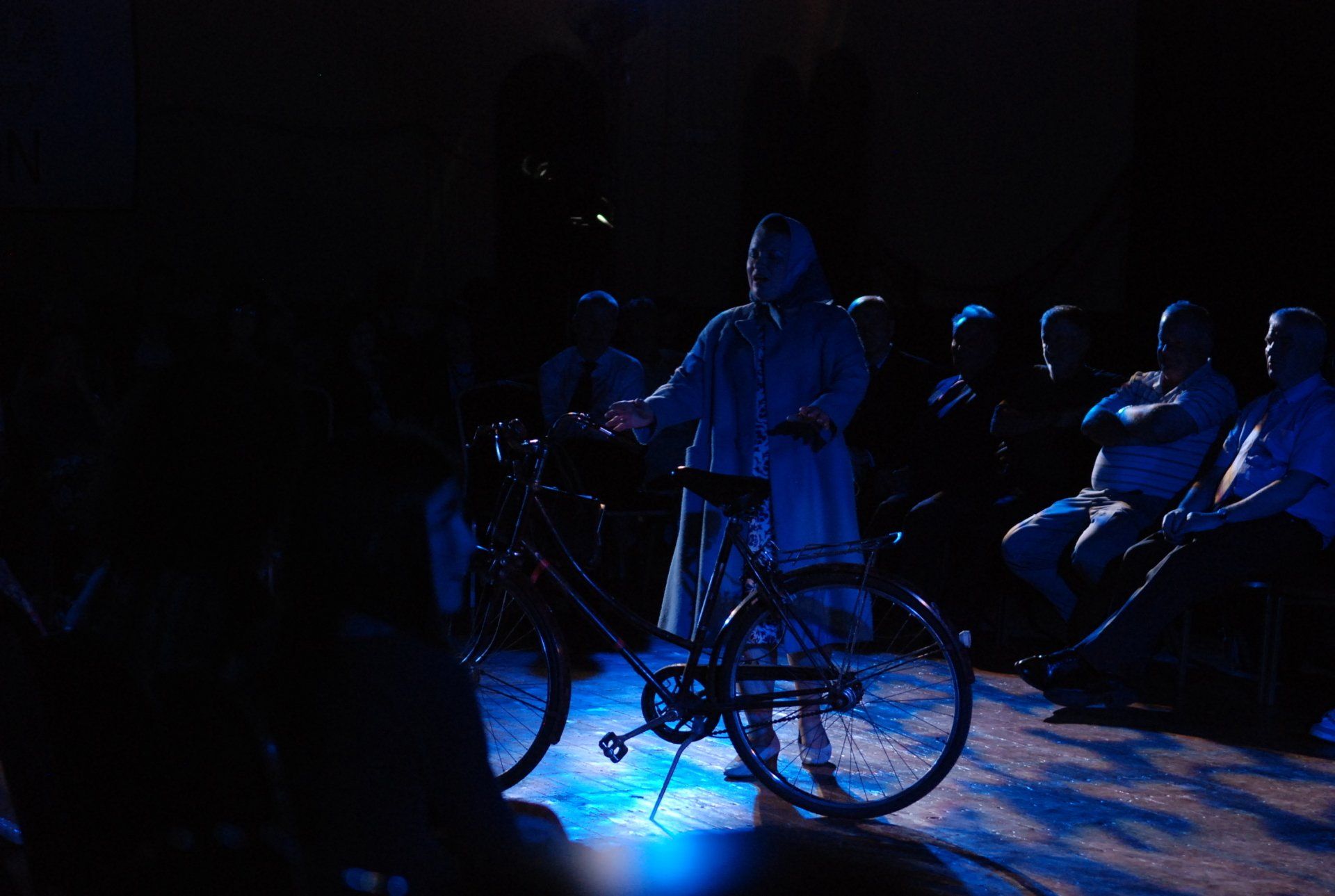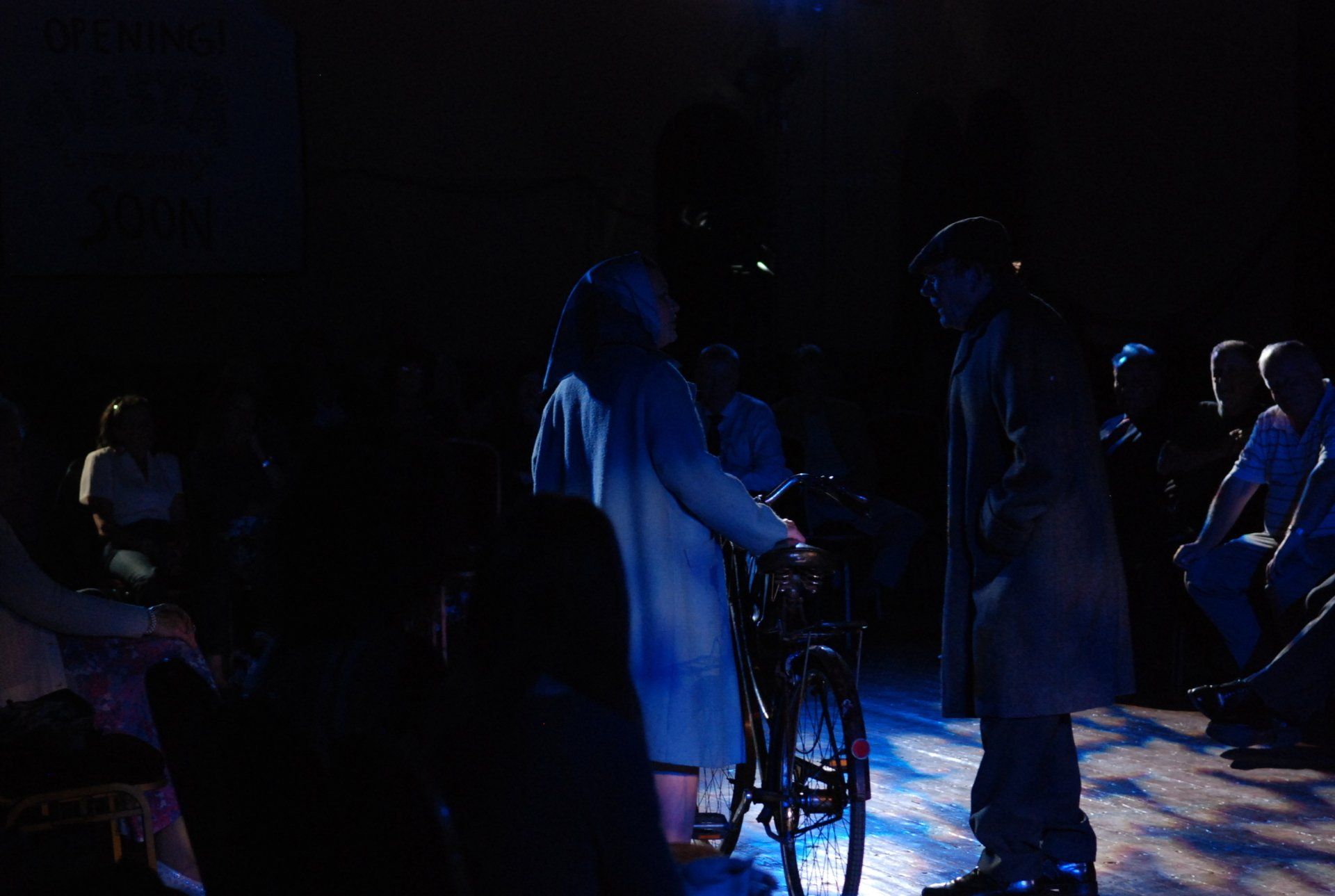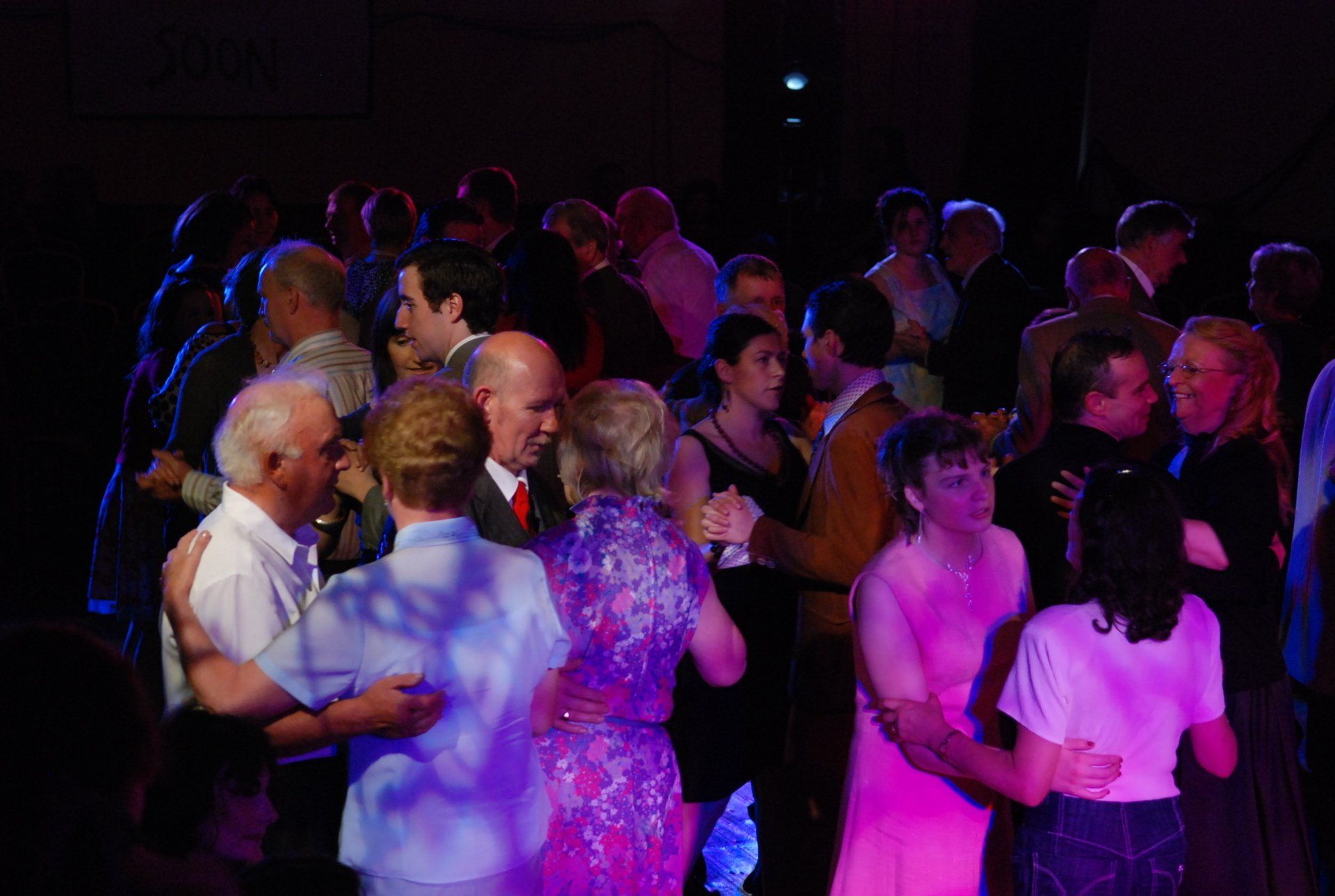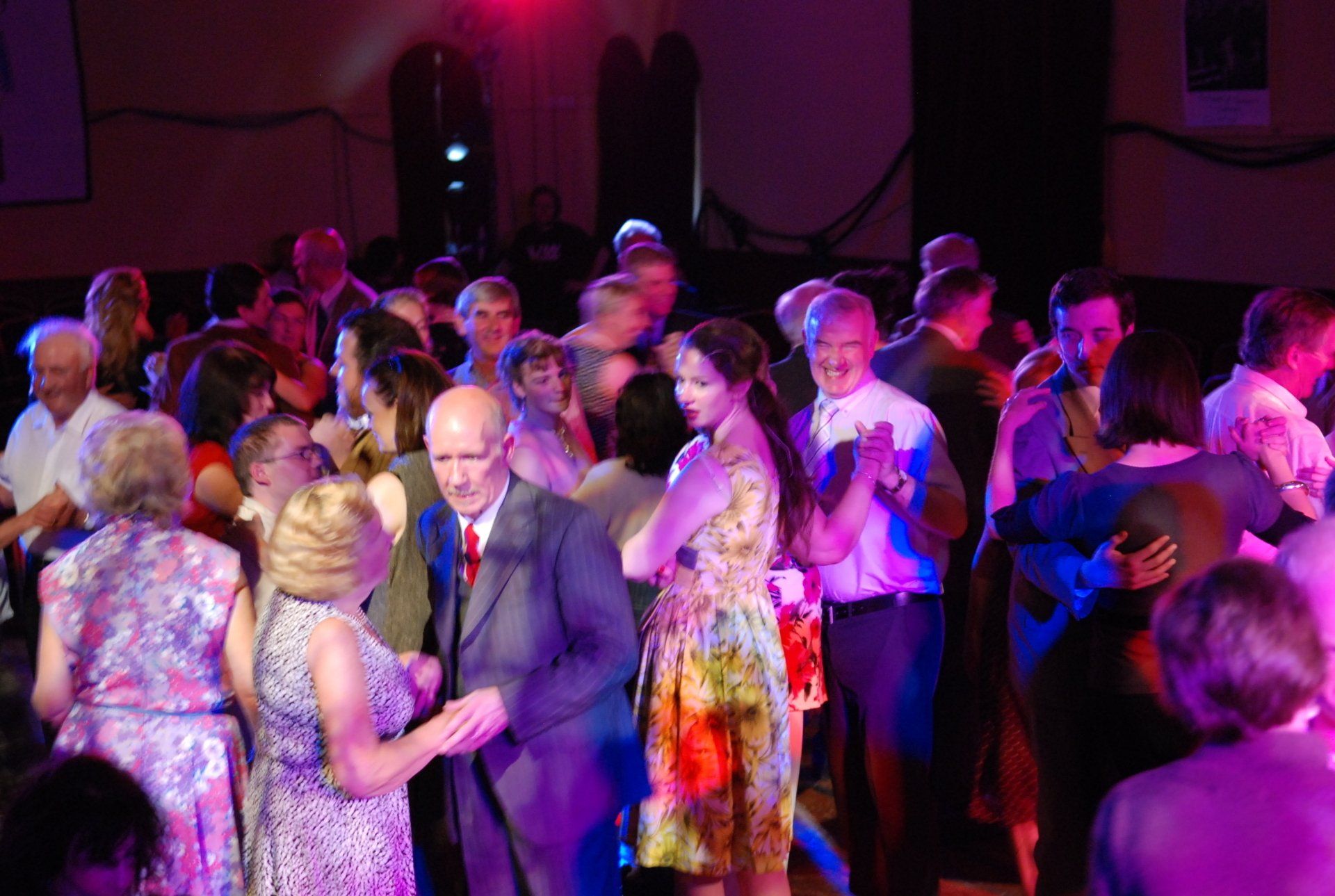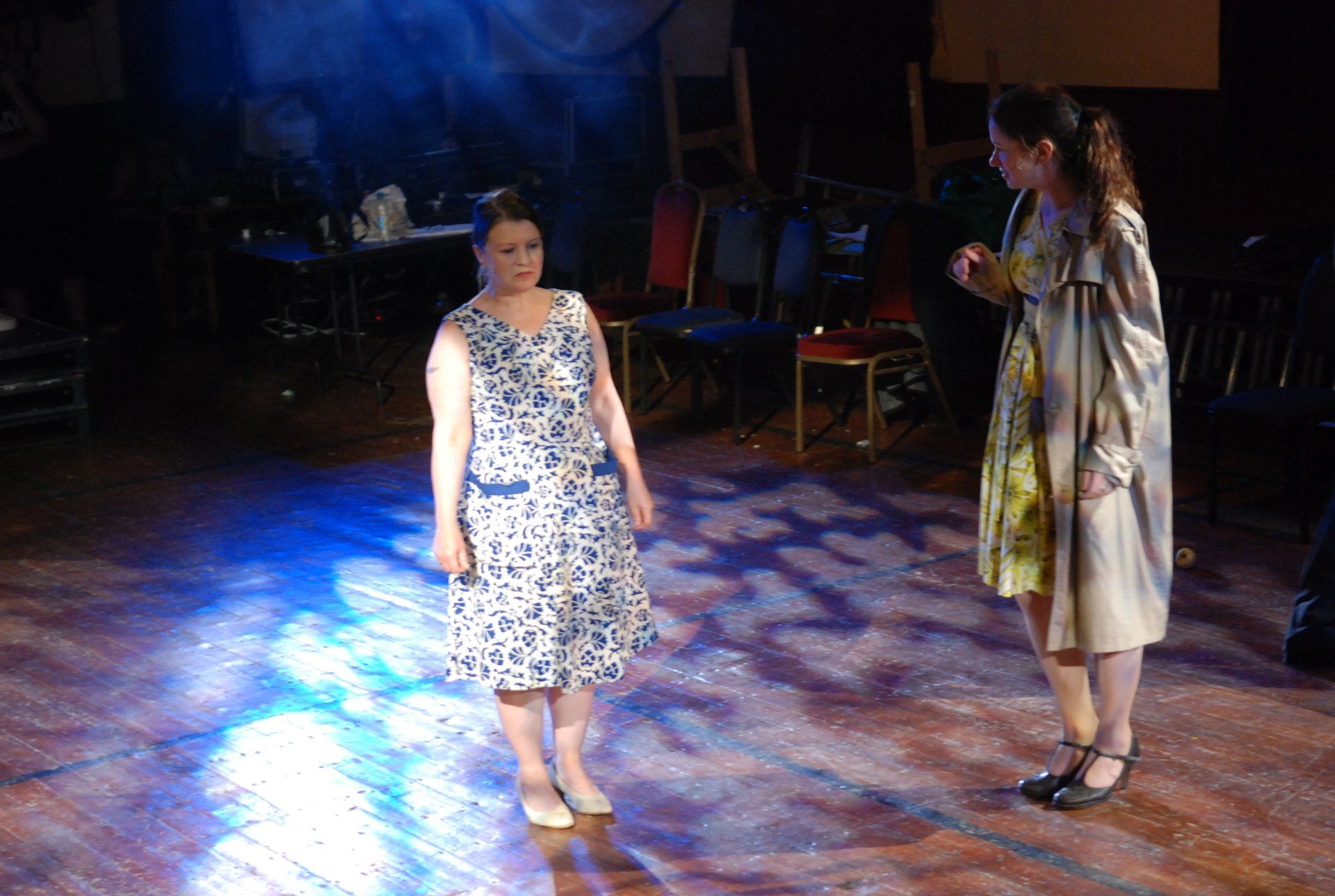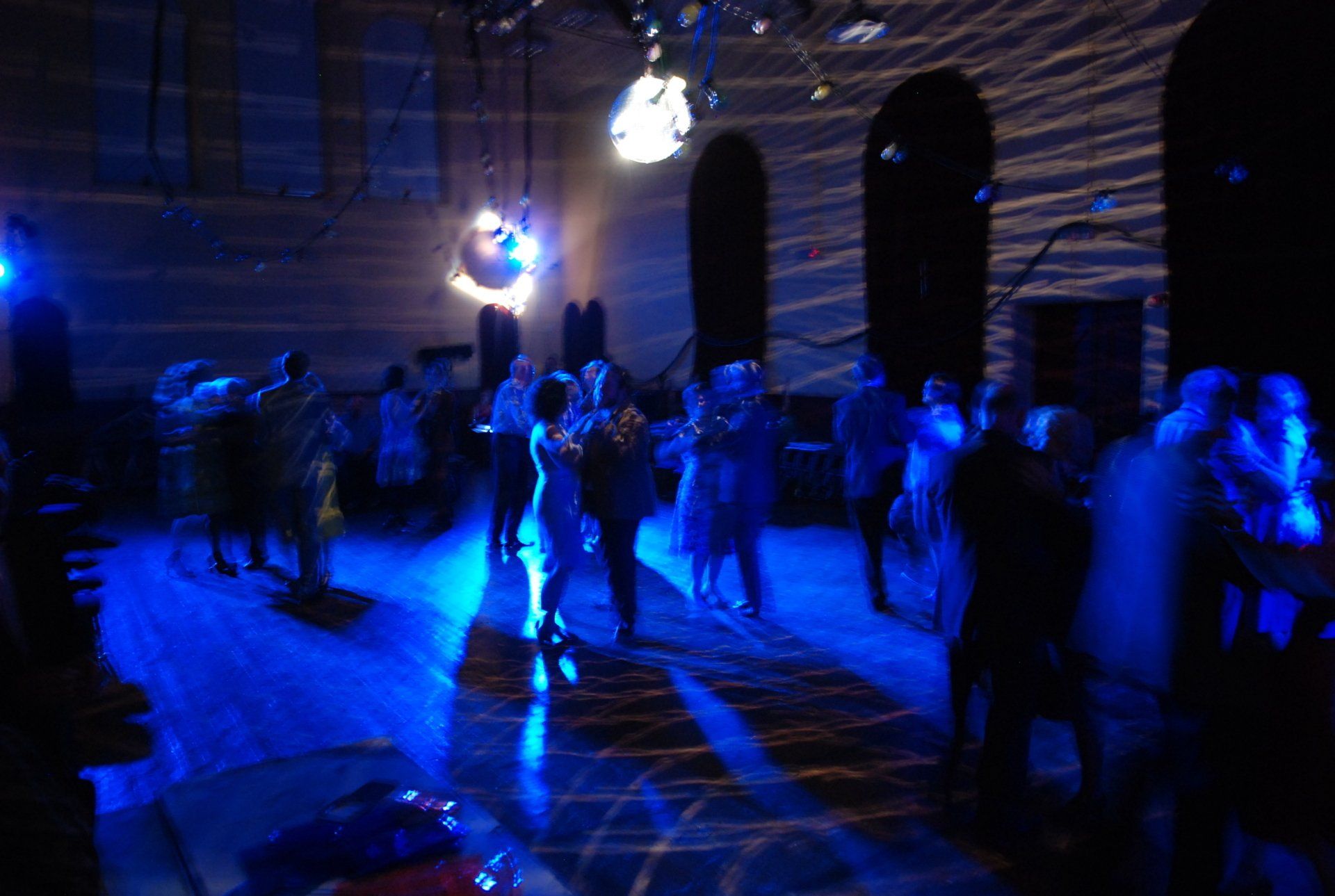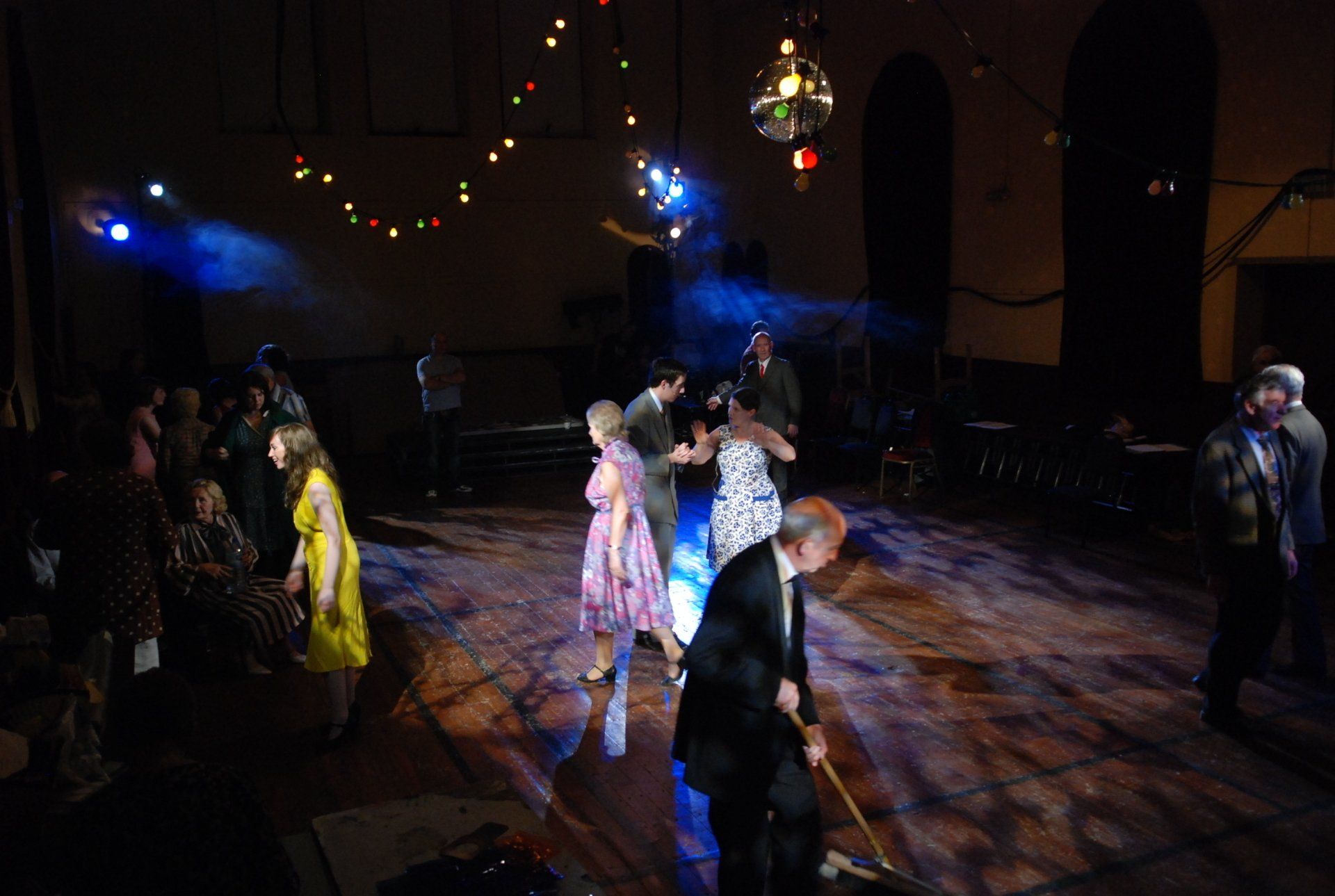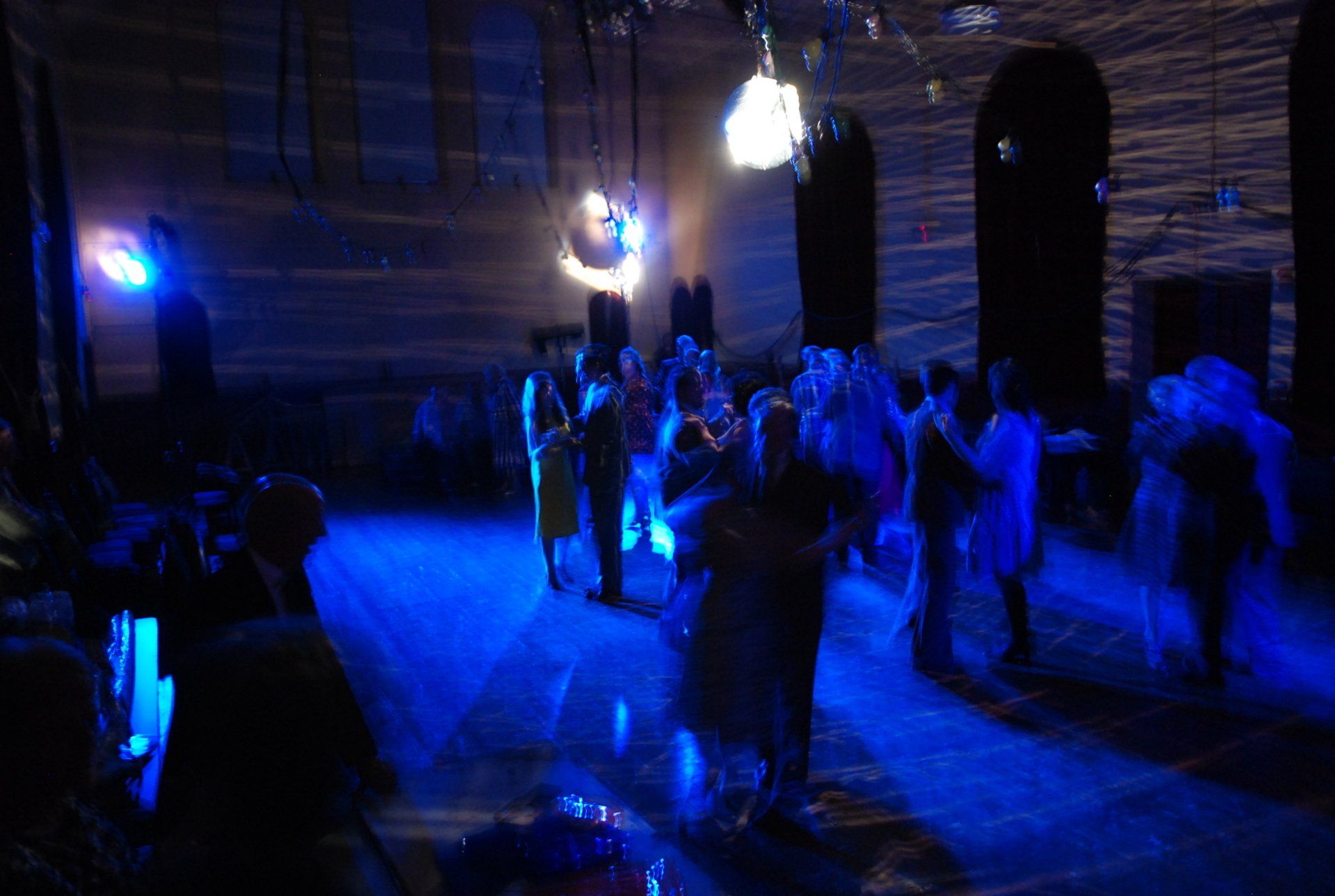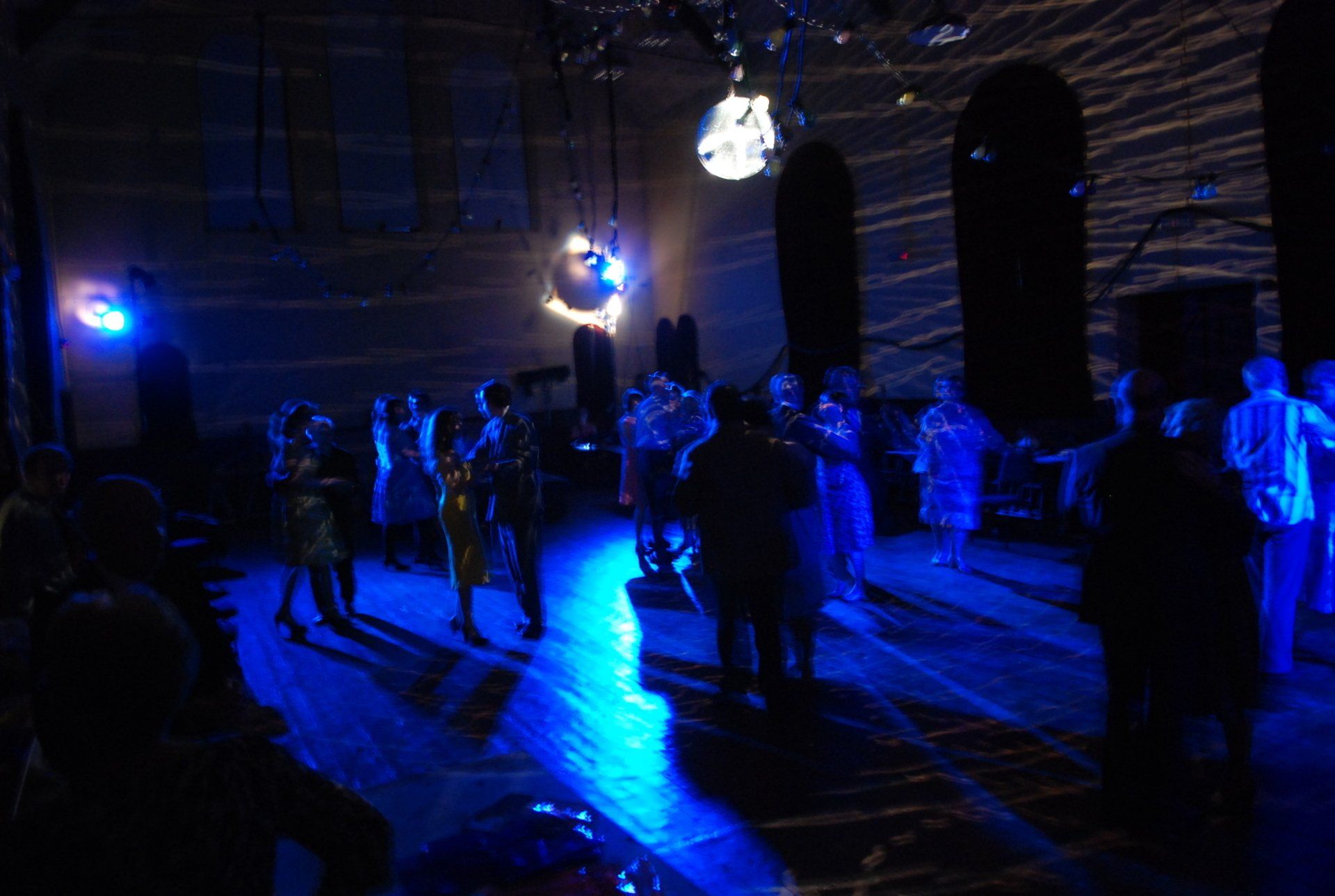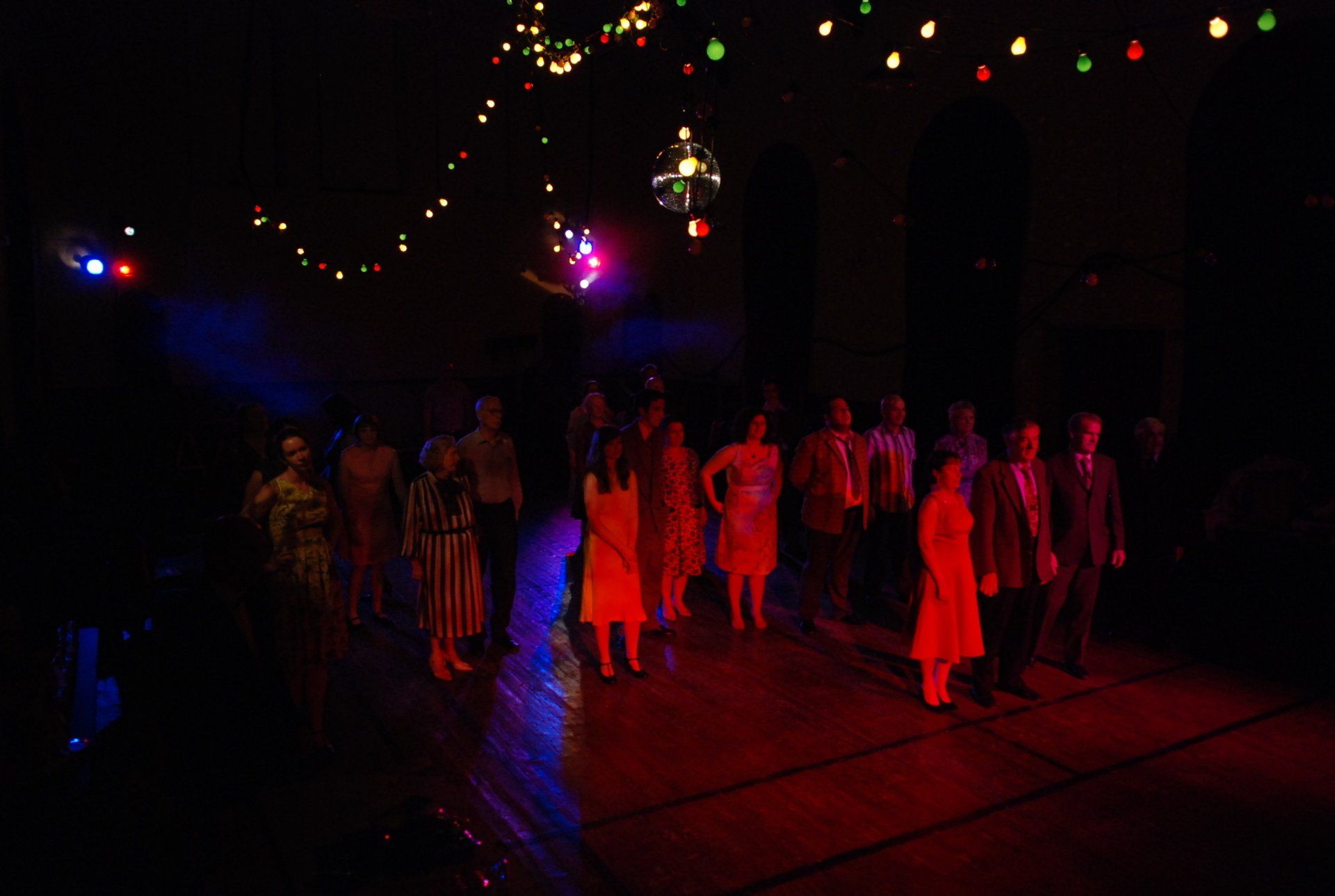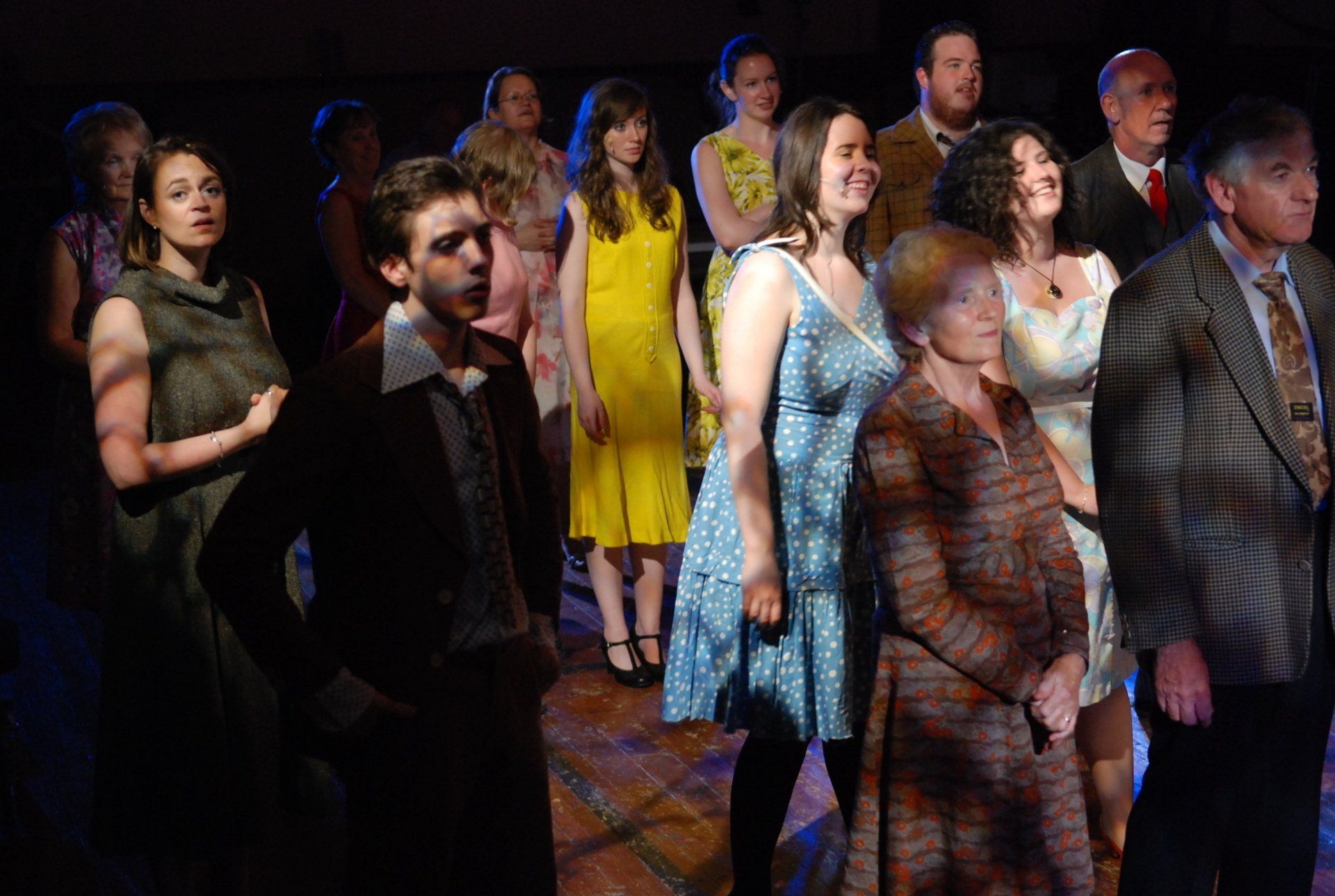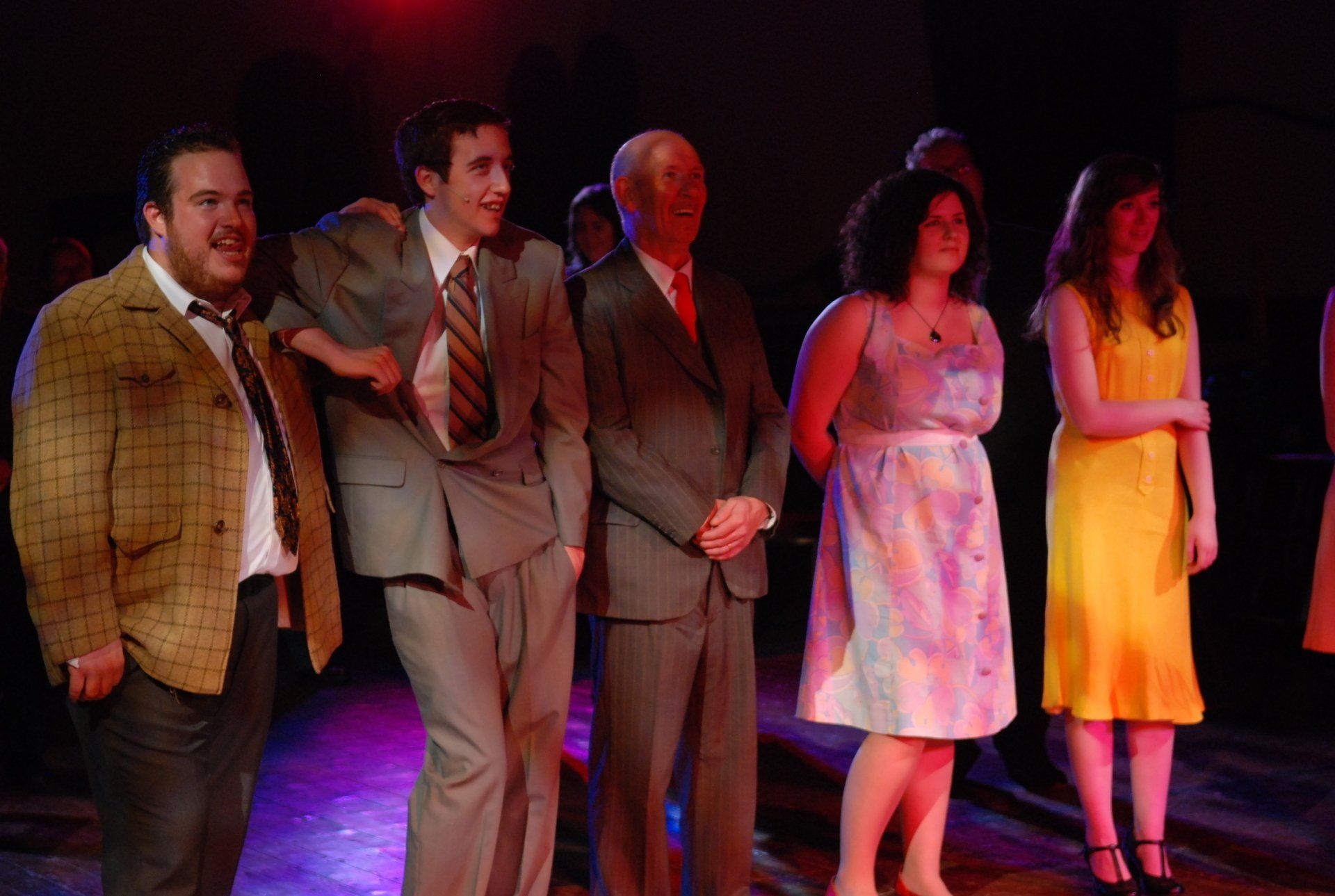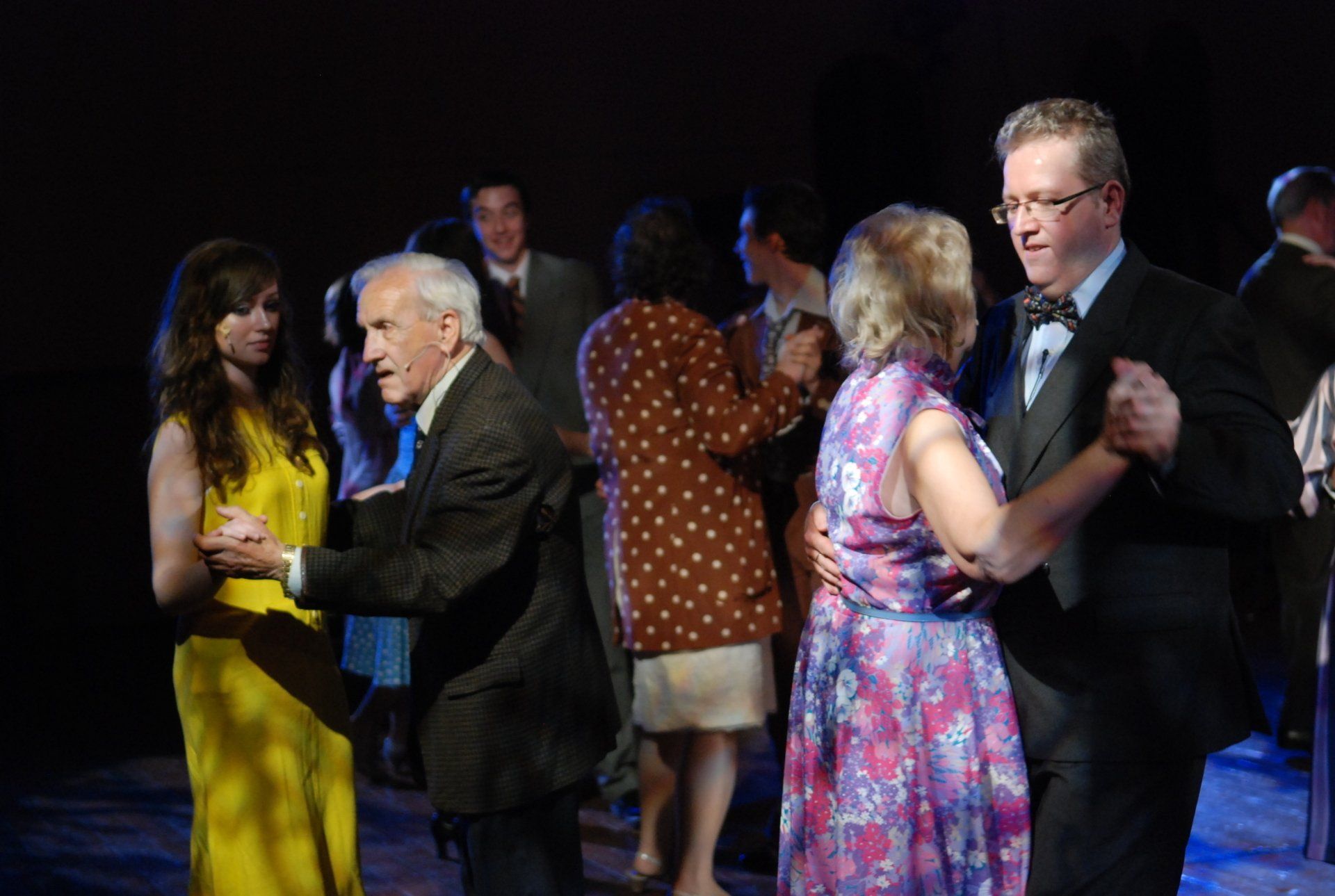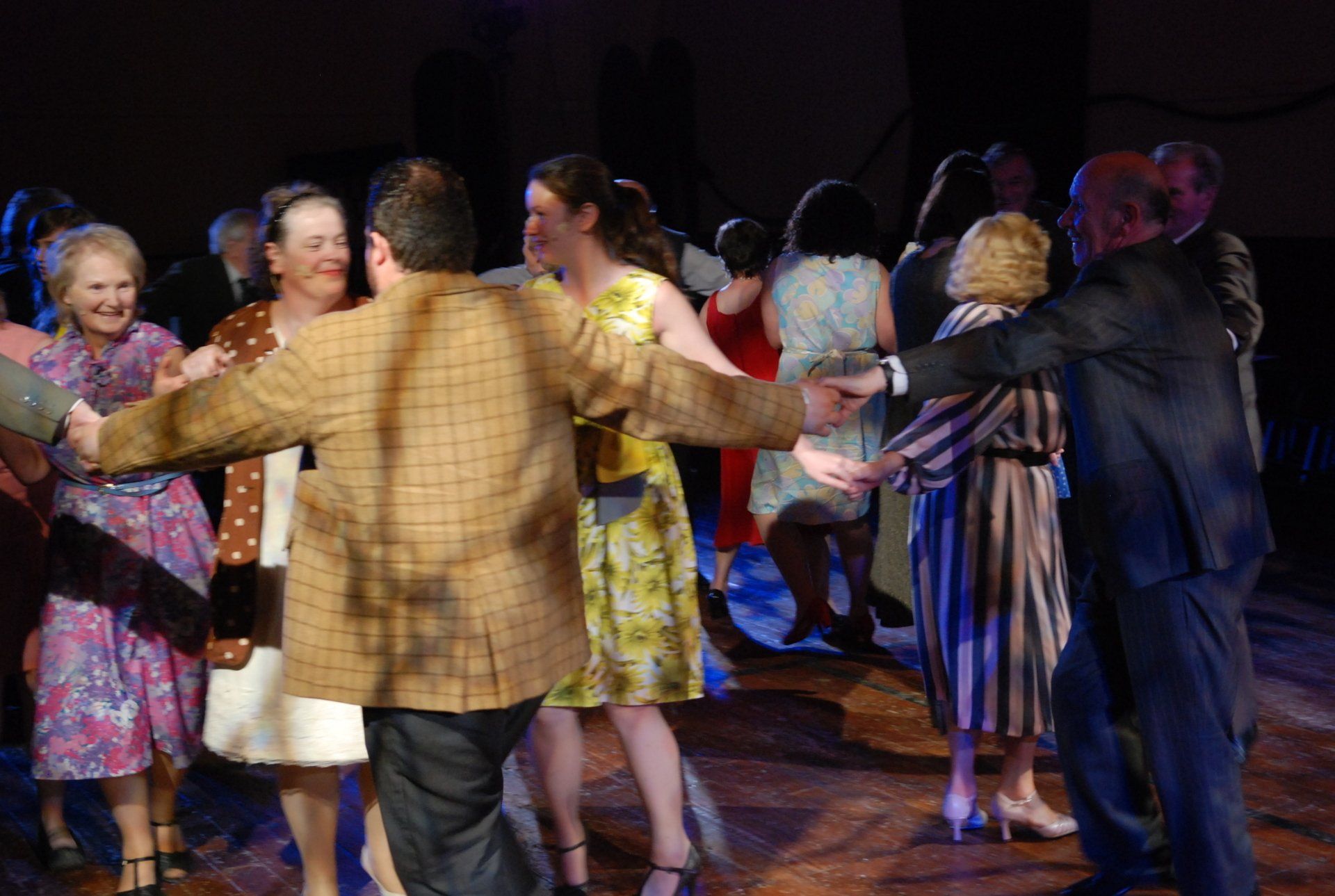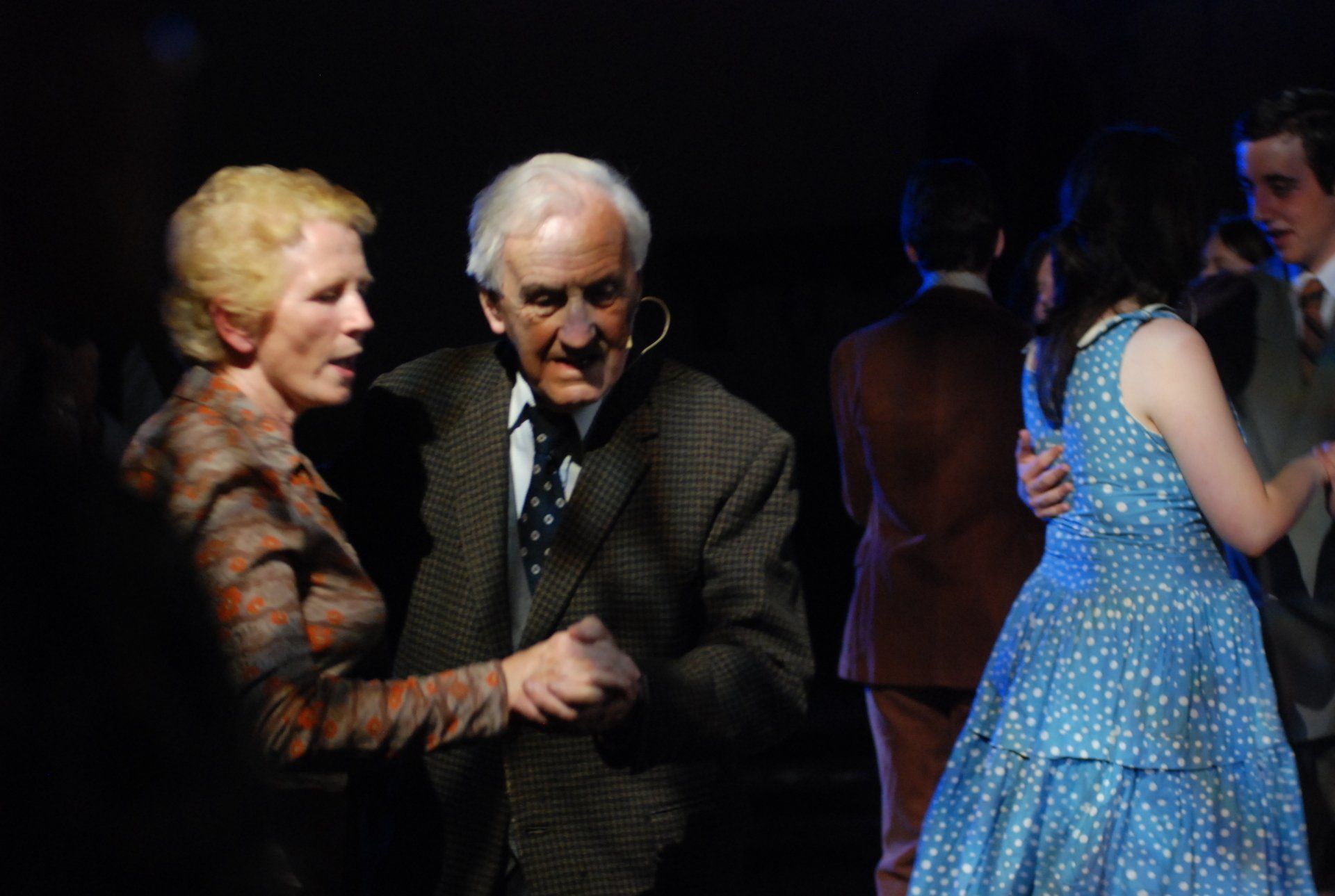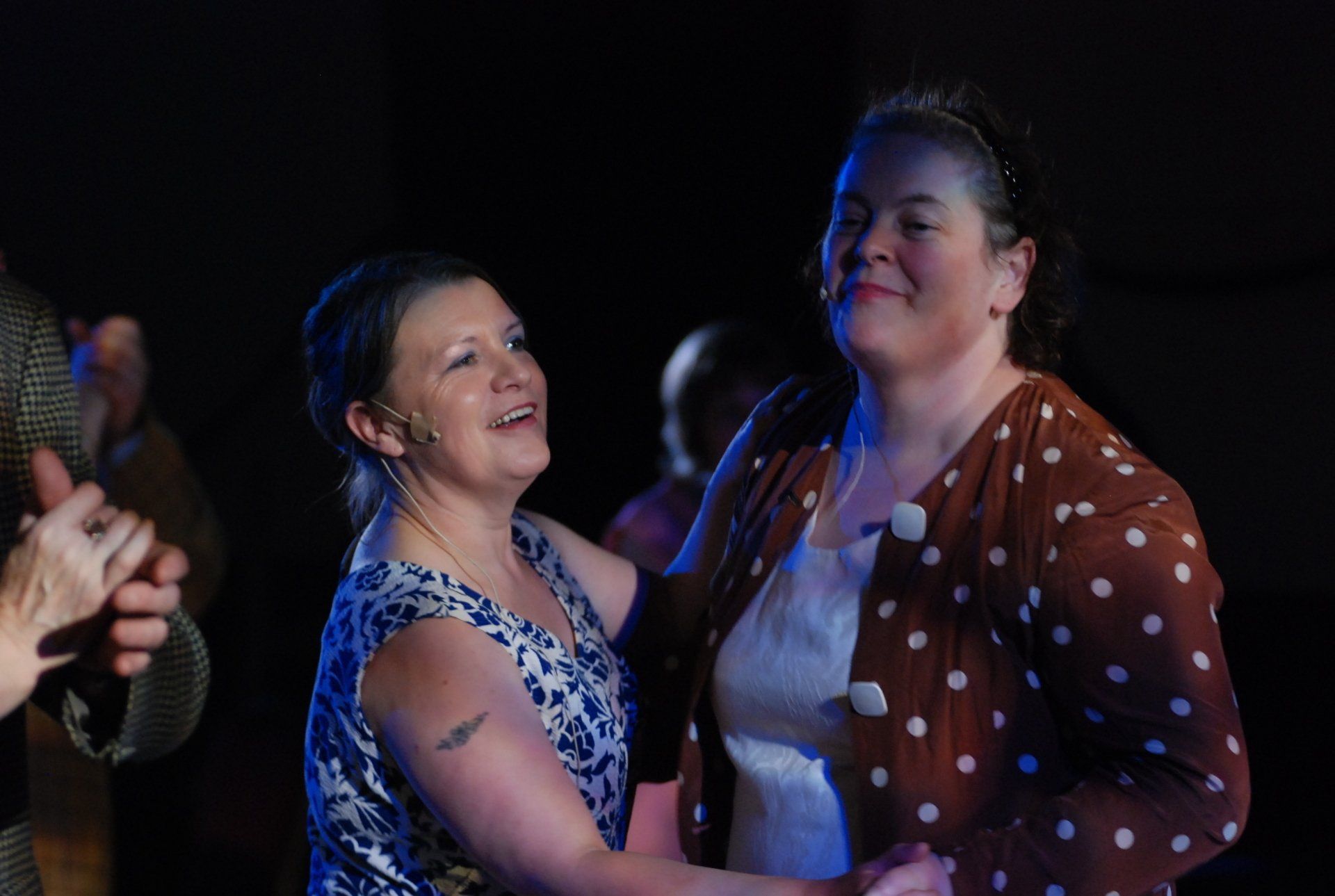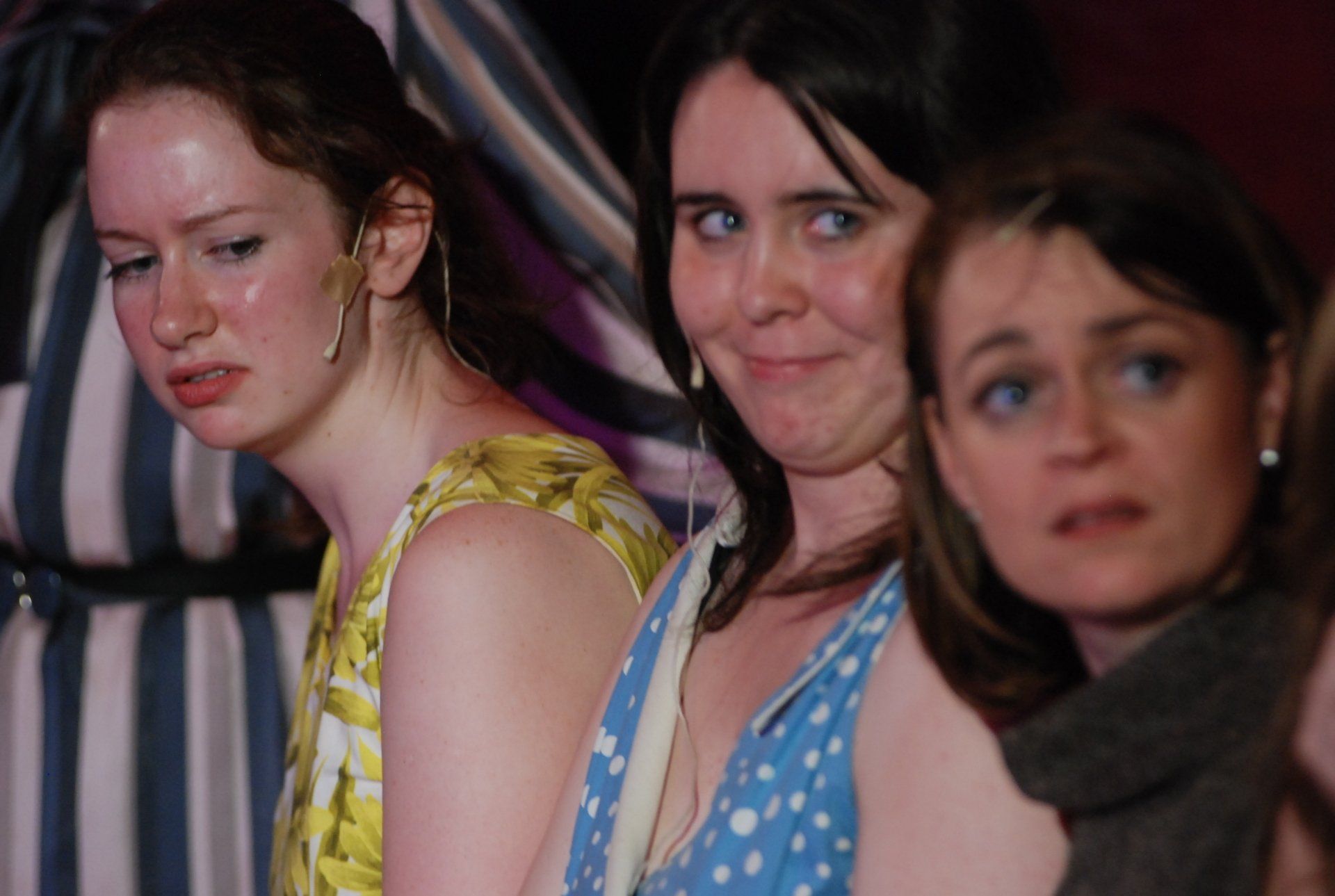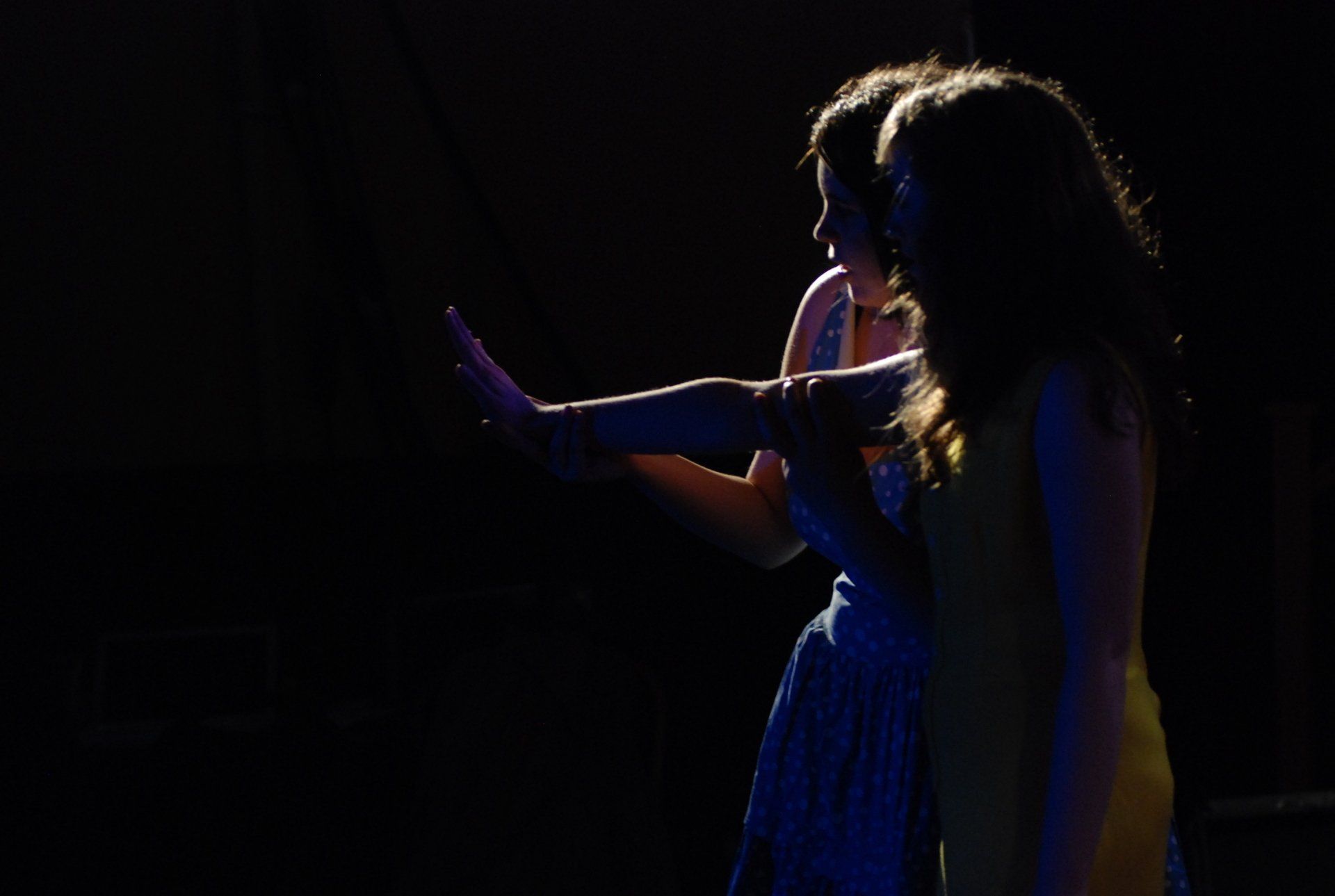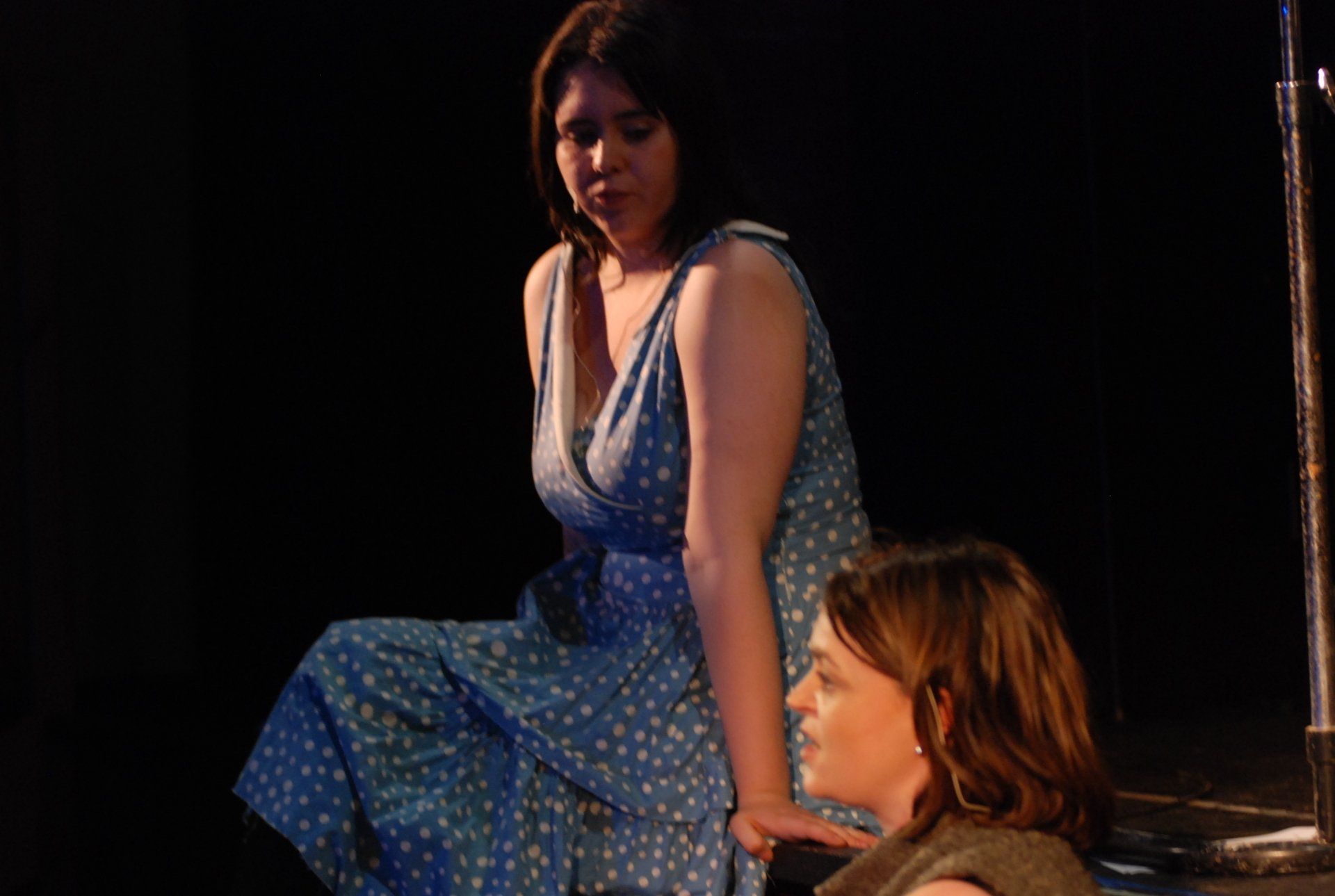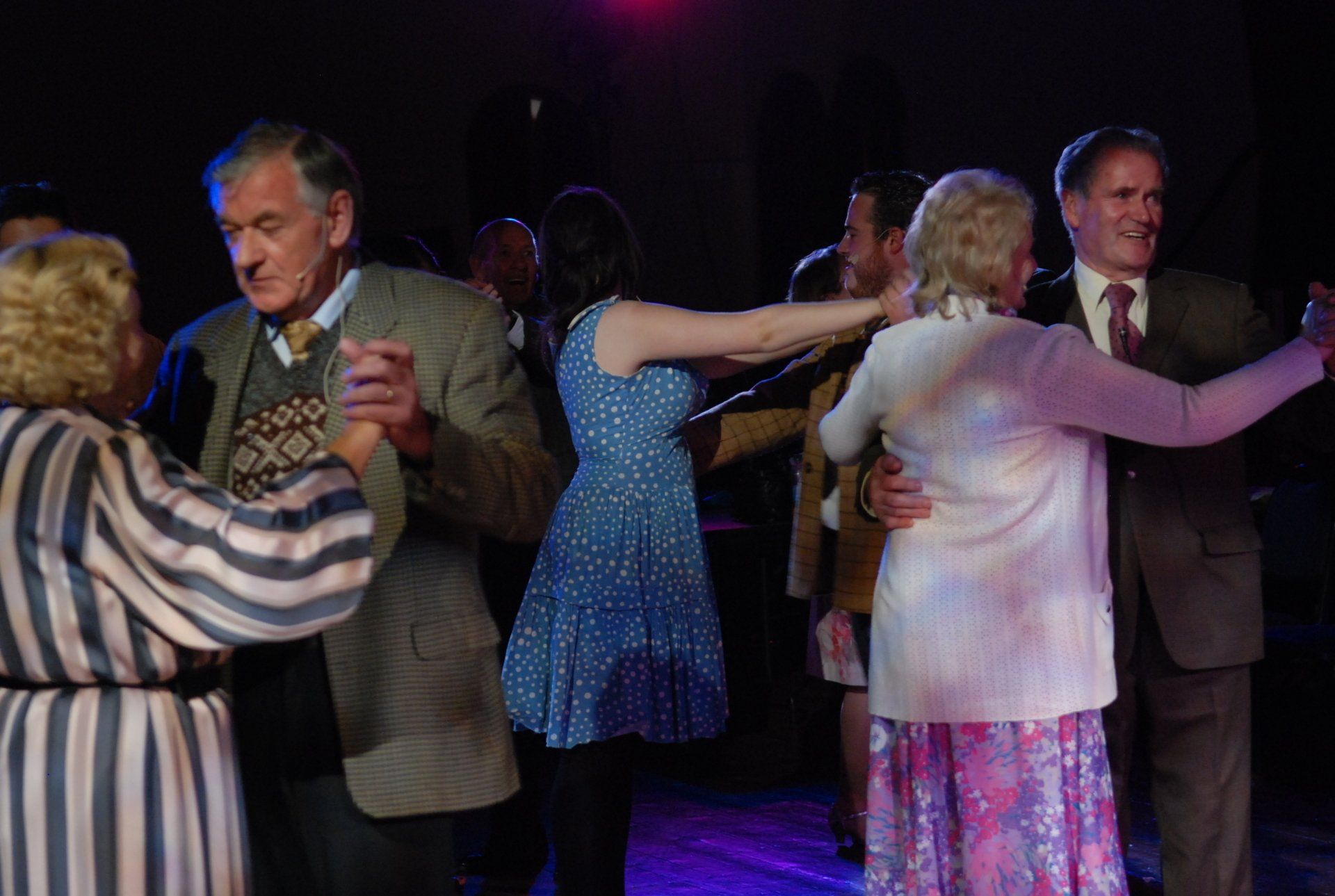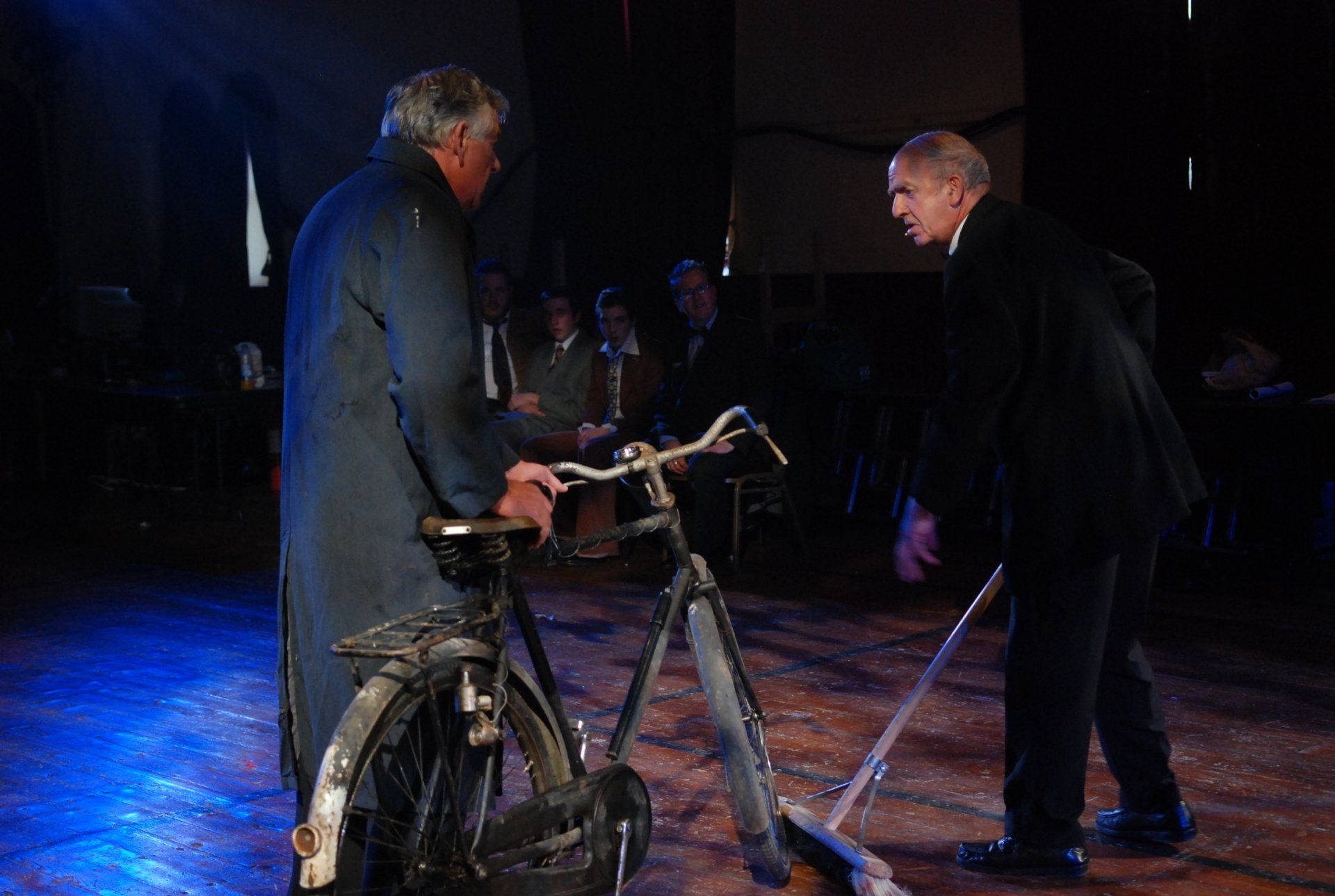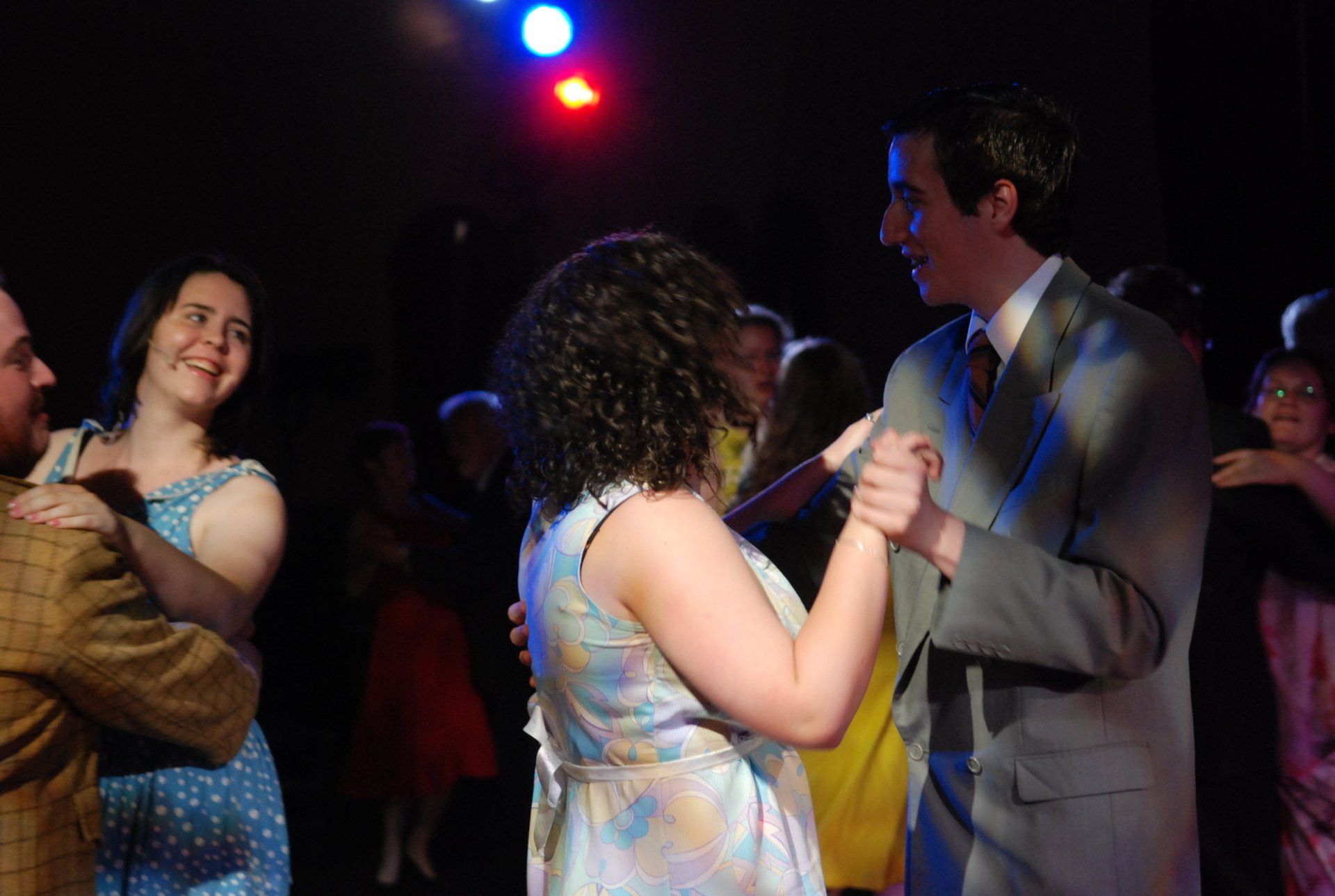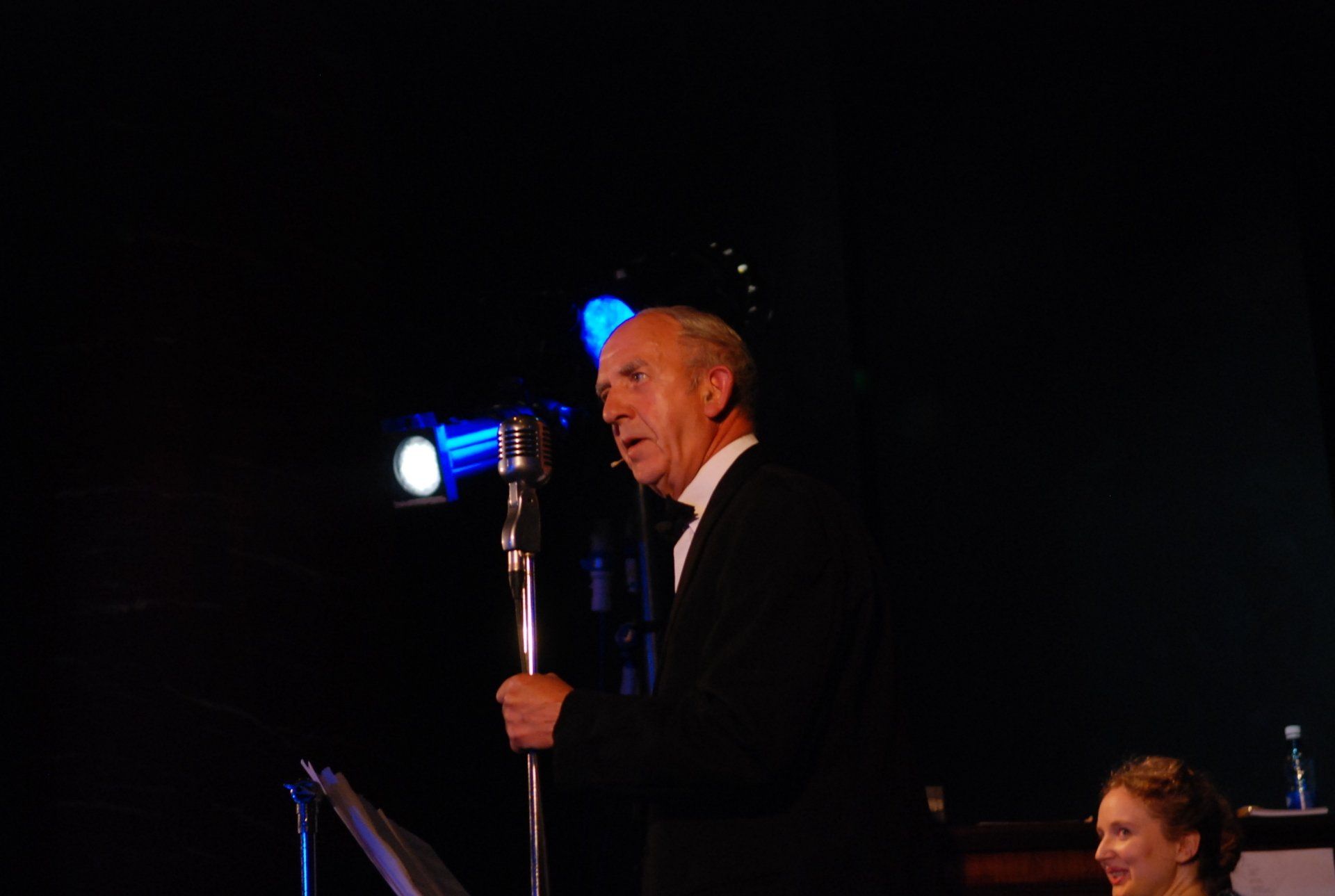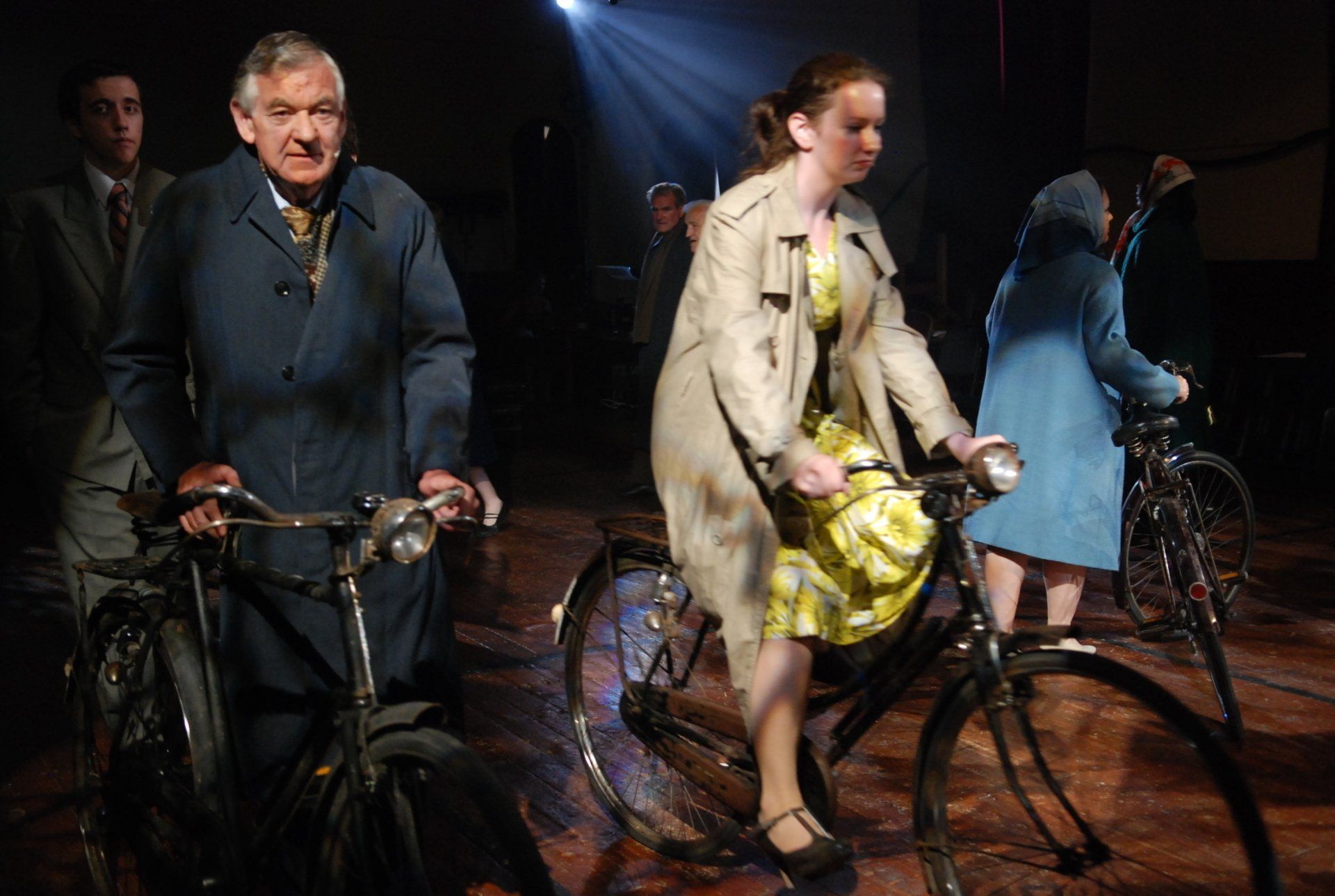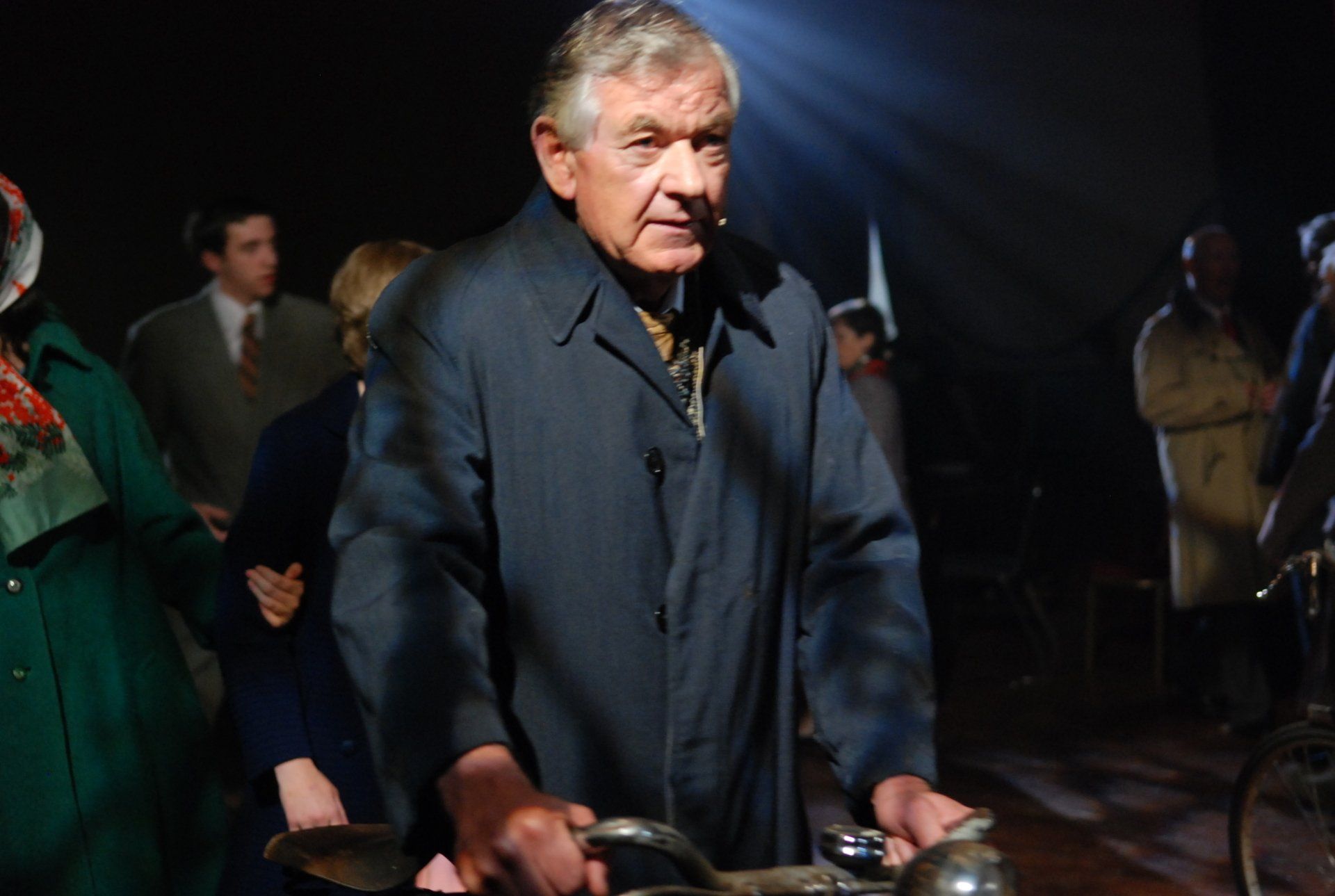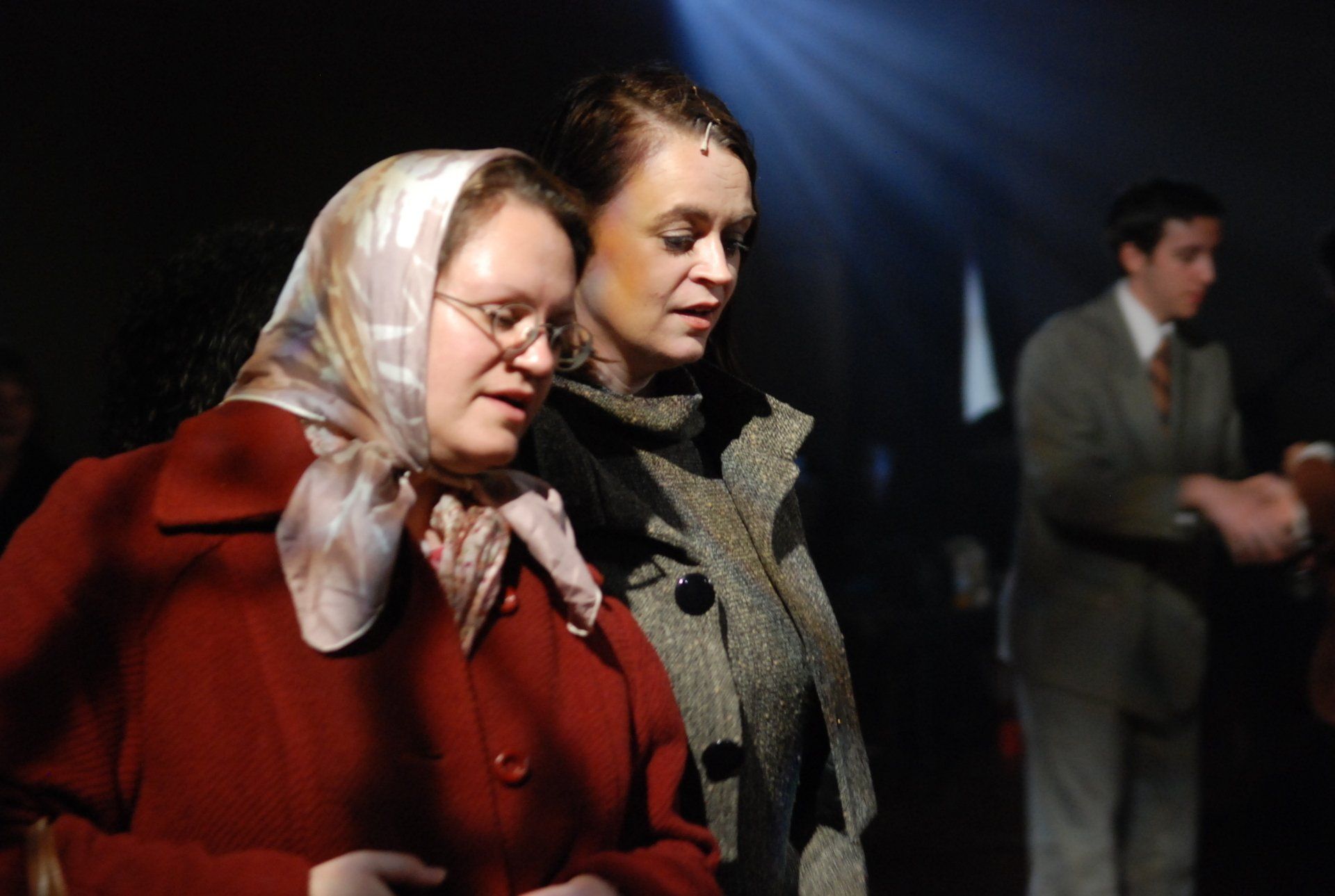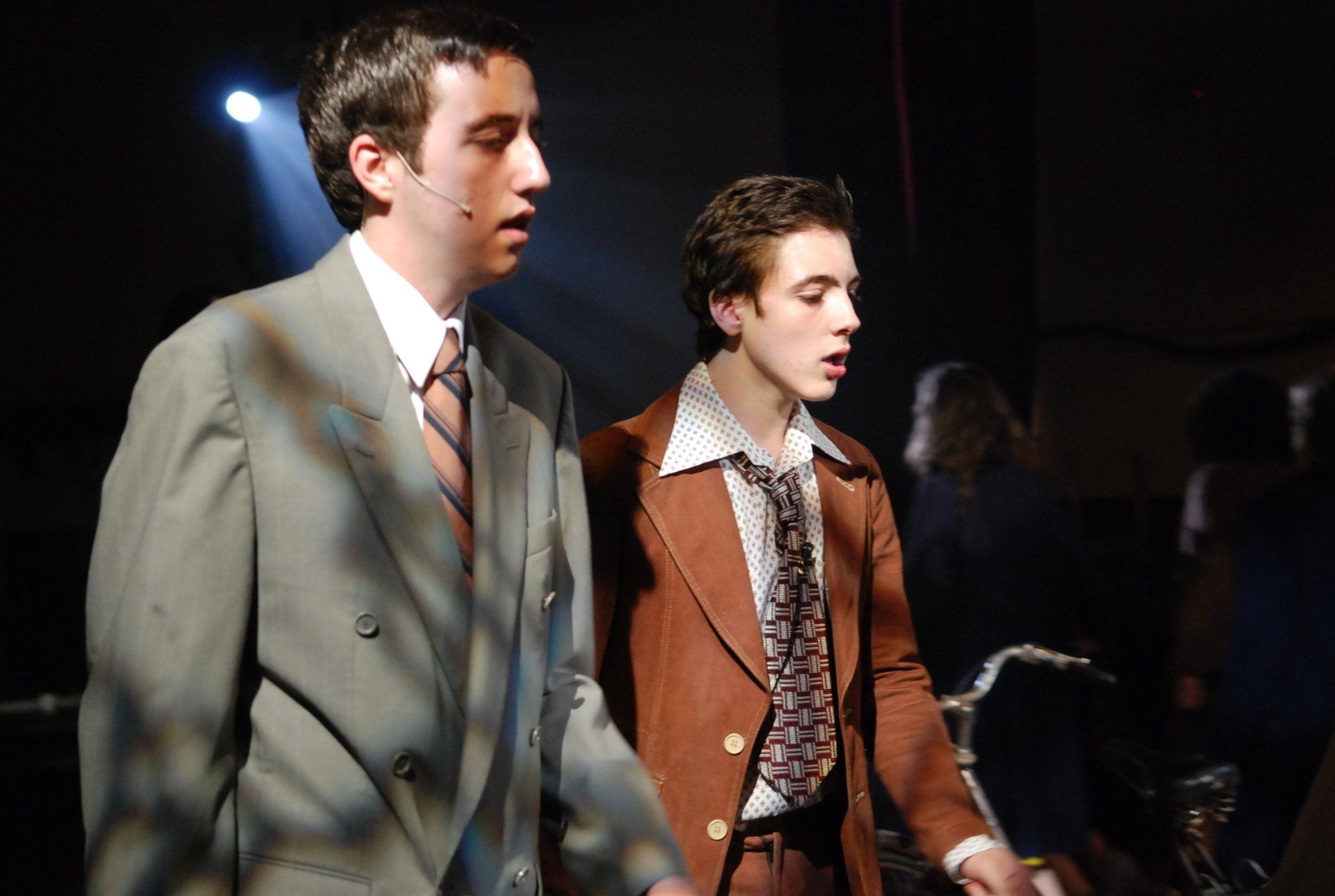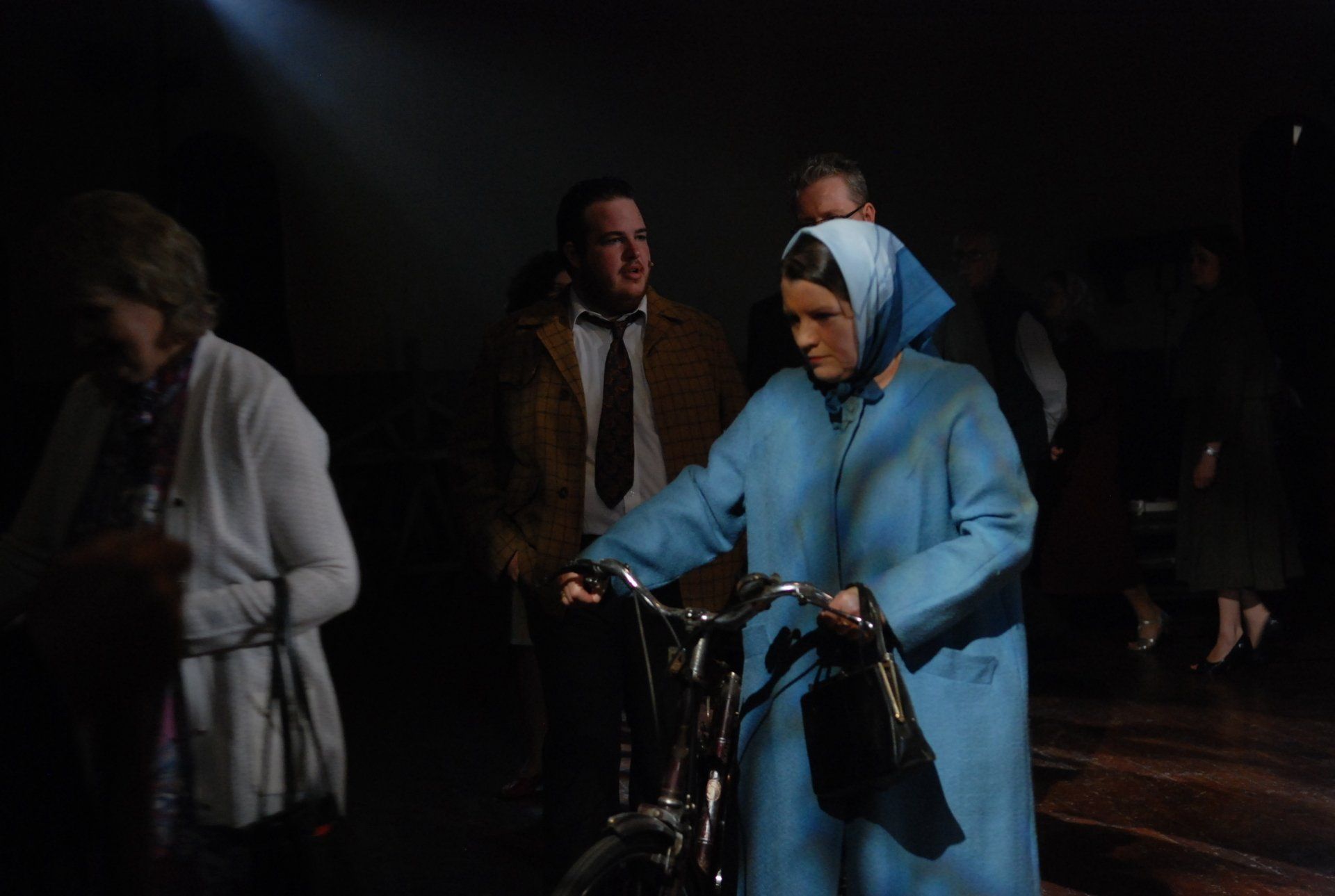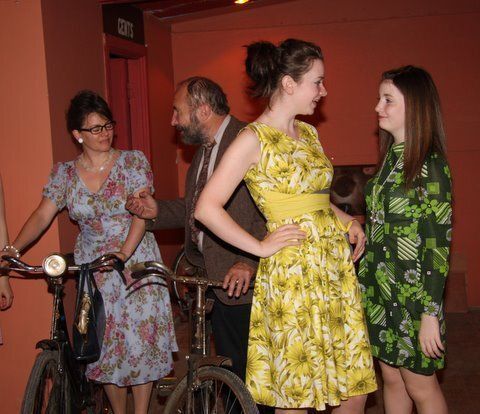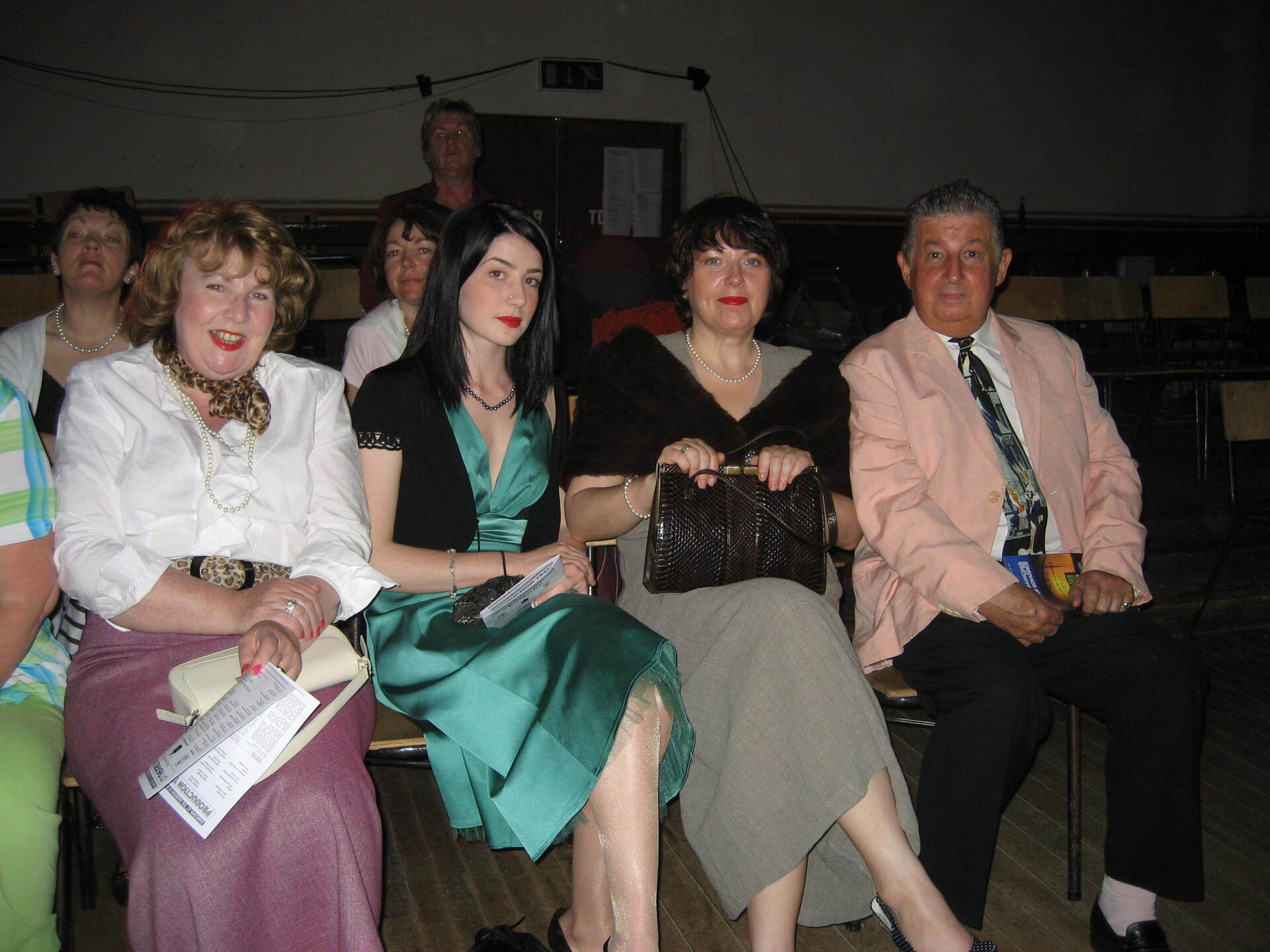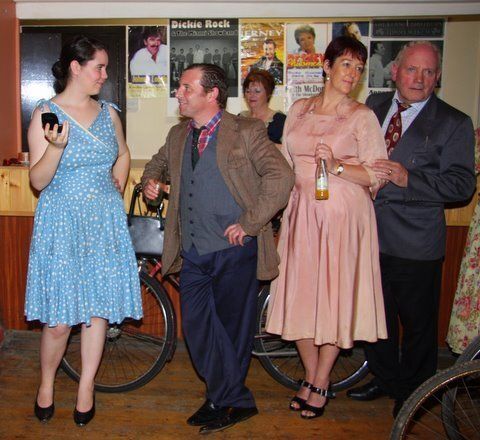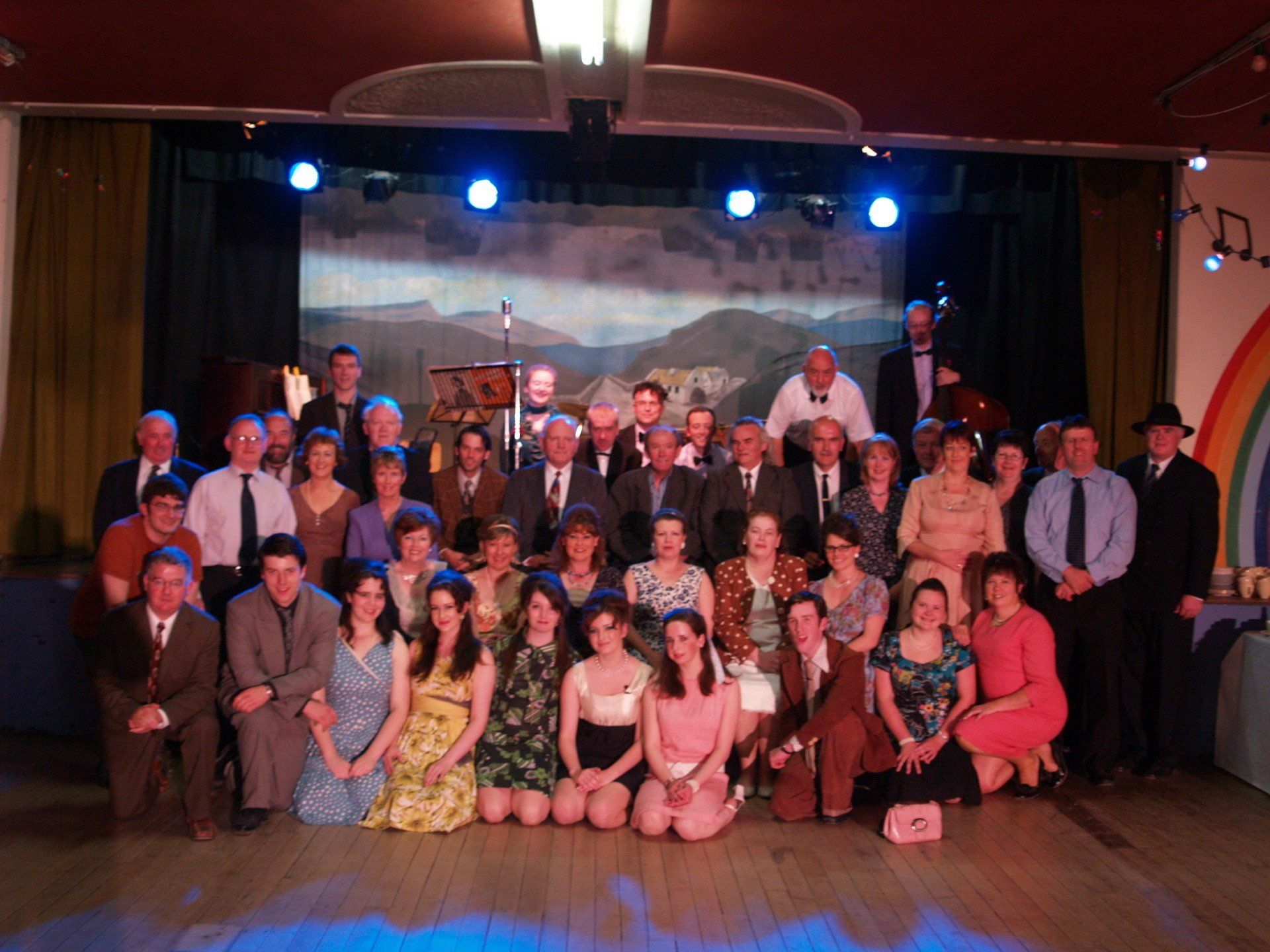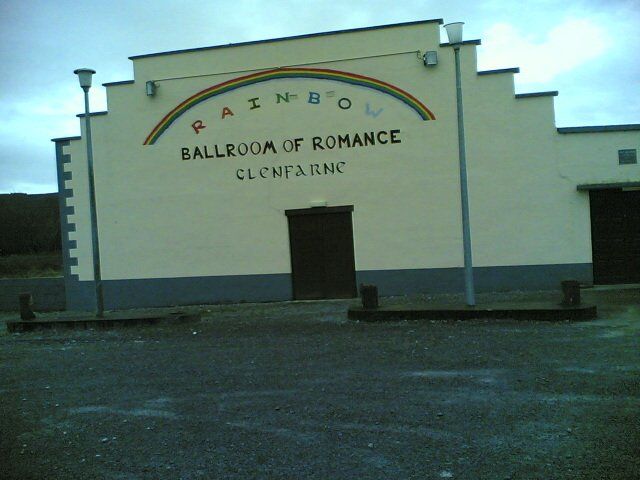New Paragraph
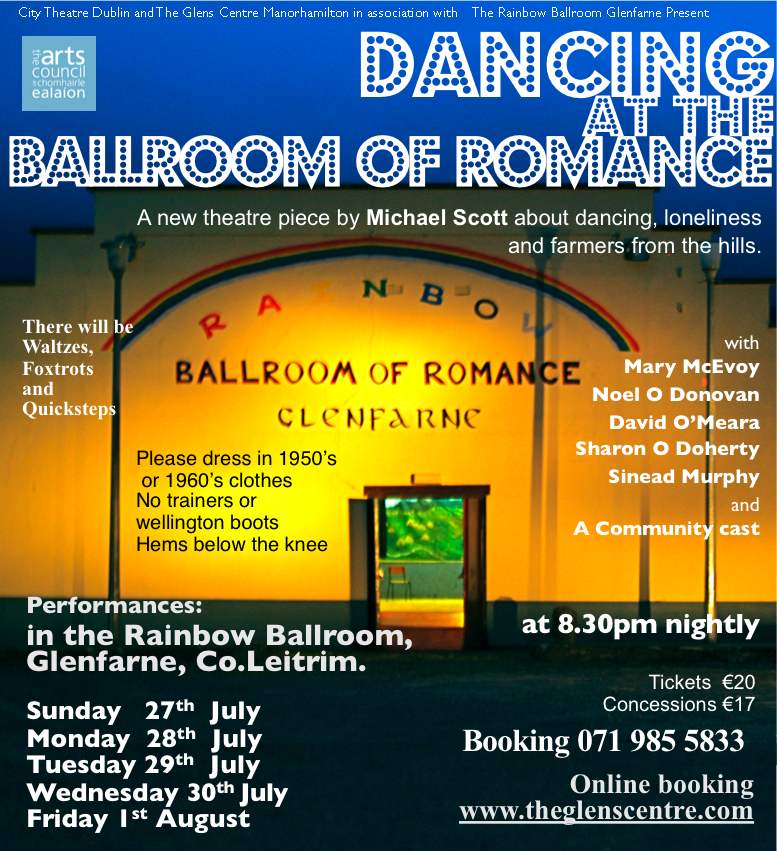
The Production was supported by THE ARTS COUNCIL /AN COMHAIRLE EALAÍON
CAST LIST
Mary McEvoy
Noel O Donovan
David O'Meara
Eileen Slevin
Sharon O Doherty
Sinead Murphy
Paul Fox
Press Myra Geraghty
Production Assistant Adam O Keefe
Much thanks must go to all at
The Glens Arts Centre
and
The Rainbow Ballroom
for developing the productions with us, giving us rehearsal space and time and energy.
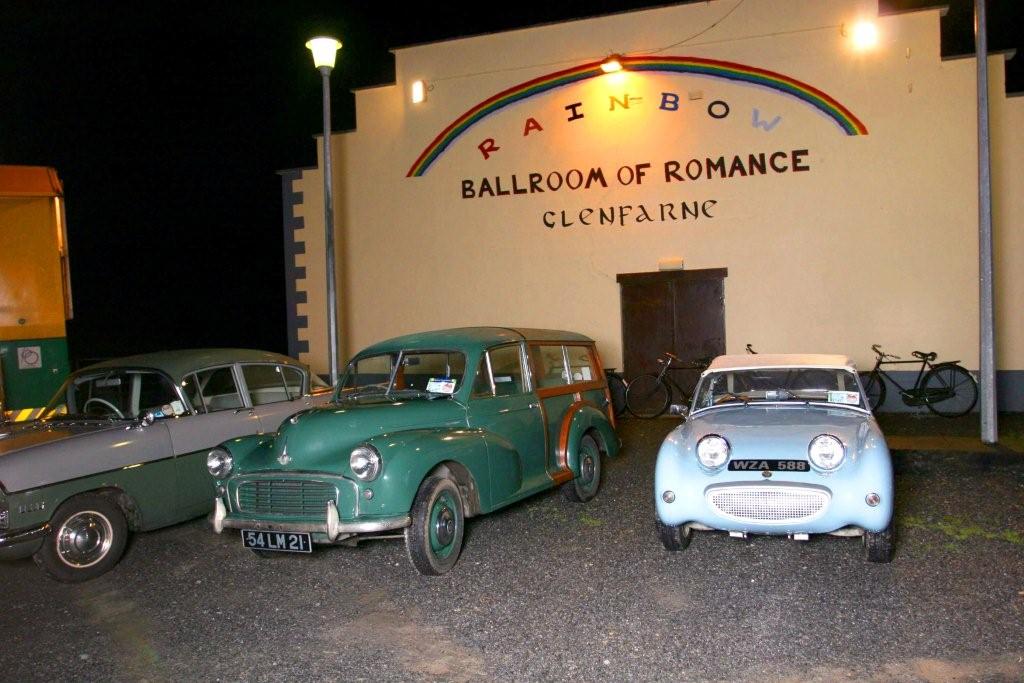

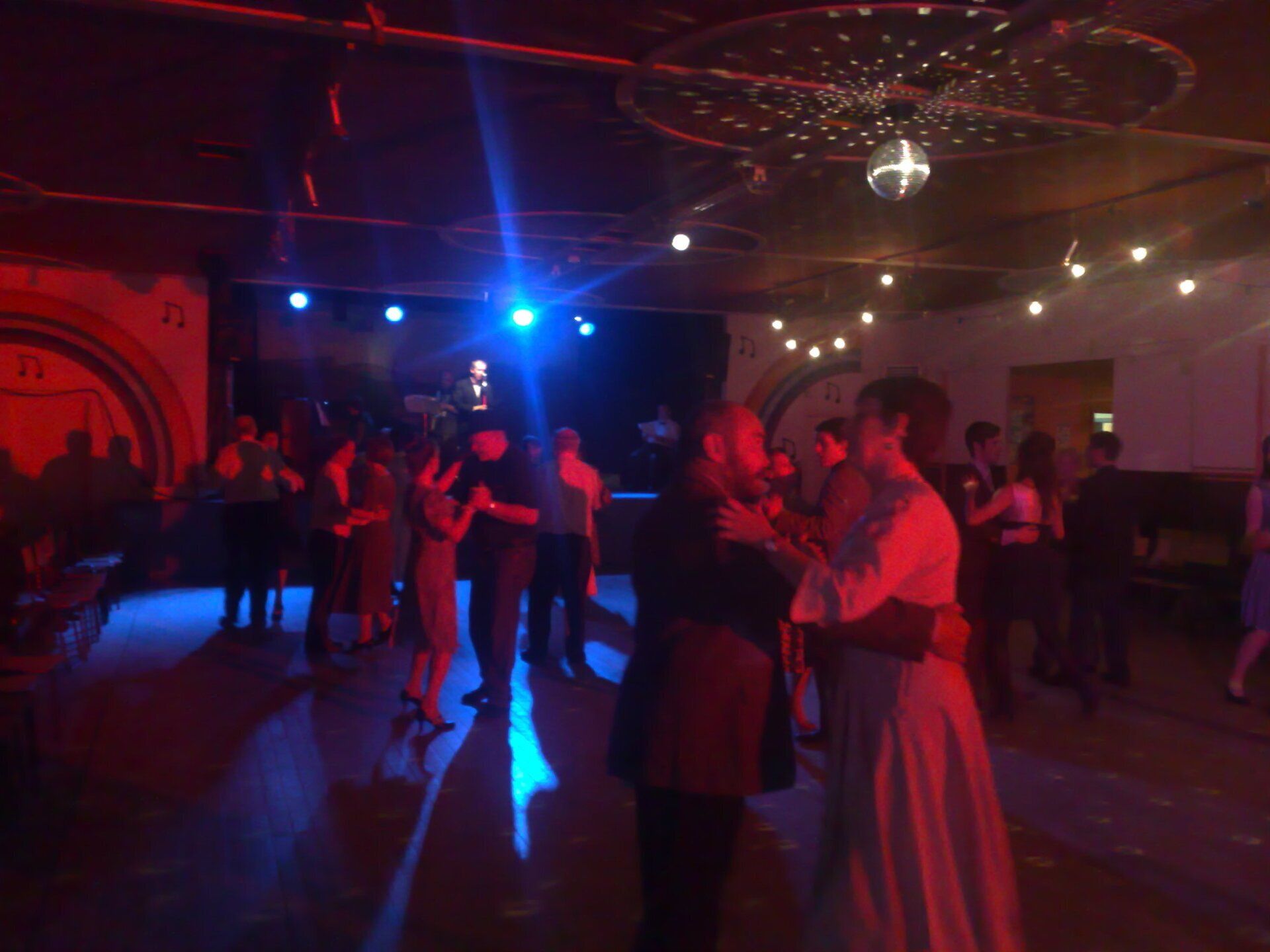
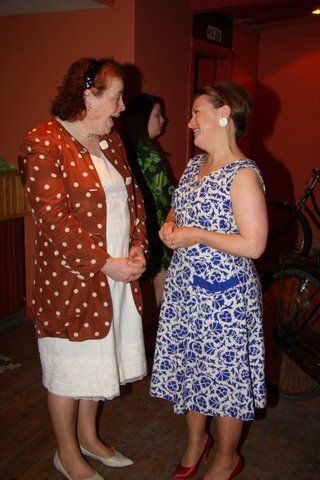
Dancing at The Ballroom of Romance
There was a time when every country community in Ireland had one, sturdy and square and nowhere in particular and yet, it seemed ,within reach of every bachelor boy and hope-filled girl, no matter how far their farm or homestead might lie distant from it. The Saturday night ritual of washing and dressing, combing the hair and slicking it down, of striding the long road there with a buzz of anticipation, whatever the weather, and making the long treck home - some a little nearer… and some as far as ever before… from achieving their goal of finding someone to settle down with, to cure their loneliness…was as much a part of life as the inevitable Sunday Mass that followed too quickly on its heels.
I first started thinking of a theatre piece based on these ballrooms more than twenty years ago when a friend — the late and much missed Dr. Marianne Neumann - brought me here to this very ballroom and told me her recollections of the people who came here and what we now call their back-stories. She introduced me to William Trevor’s short story of the same name and later I saw the wonderful film adaptation by Pat O Connor. I thought many times of dramatising Trevor’s story but the circumstances were not quite right. Certainly the idea of playing the piece in a conventional theatre wasn’t at all attractive and I realised that it was an idea that might just have to wait its time.
While I was waiting, I saw a lot that fed my imagination. The Ballroom was a universal theme — every society seemed to want to commemorate, to celebrate something that had become rapidly unfashionable but still had a sort of urgency about it which demanded recording. The musical Roseland was set in a ballroom in an working class New York district, its ageing immigrant clientele coming together to live, however briefly, the American Dream. Pina Bausch’s remarkable Kontakthof looked at the passions that lay buried beneath the formality of small-town German life, the only outlet being the weekly dance. My own Songs of Leaving for Siamsa Tire used a ballroom setting to explore the loss that emigration brought and I returned to the dance setting for The Well Of Stories, also for Siamsa, in 2005. Dancing became hot again in the nineties with a string of wonderful explorations of it and the way it encodes so much for us hit our screens and stages. And of course, the Muppets were always on hand to show the dramatic possibilities of a ballroom dance sequence, too.
Over the years, I became closely involved with writers and artists who had documented what was a rapidly vanishing part of Irish life. My company has had a long association with the work of John B.Keane who, more brilliantly than any other, captured the hardship, heartbreak and humour of our parents’ and grandparents’ lives in the country. Our production of The Matchmaker – adapted from Keane’s Letters series- has now played on two continents, was adapted for radio and has won awards far and wide, playing more than five hundred performances. Keane’s ear for comedy remains as fresh as ever, but The Matchmaker works because its writer also understands the pain, the bitterness and the fear that a lonely life brings. It is a universal value and accounts for the play’s success whether we’re playing Broadway or Boharnabreena.
Alongside this work, I was also involved with a number of projects which brought me together with performers who were from a different world than the literary and theatrical. I worked with story tellers and seanachai, with communities and individuals, all of whom had stories to tell, all of whom had a unique way of telling them. The oppprtunity to make the work in the very Ballroom of Romance itself brought me back into contact with the material at a level of experience far more powerful than a novella or a film.
This was not fiction for the performers. It was their memory, their history, their reality. It soon became clear that there was more than one story to be told about the Ballroom, more than one voice that needed to be heard. The vanished world was not quite so invisible and that if you listened hard enough you could s hear the echoes of a waltz that covered the heartbreak and disappointment as well as the love and happiness that generations found in these simple, necessary meeting places.
There seems to be a revival of interest in the Ballroom of Romance. Enda Walsh ‘s new play on the subject has just opened at the Galway Arts Festival this month and the Erigal Festival in Donegal is re-creating an evening such as were experienced by thousands of country people in the fifties, sixties and seventies. Perhaps the world has changed enough or there is just enough distance between now and then for us to see these evenings as something more than a relic of Dev’s Ireland.
Maybe we are beginning to see the similarities between ourselves and the past that produced us.
Or maybe it’s just that the idea of finding love and companionship is something we need to be reassured about as much as we ever did.
Michael Scott 2008



